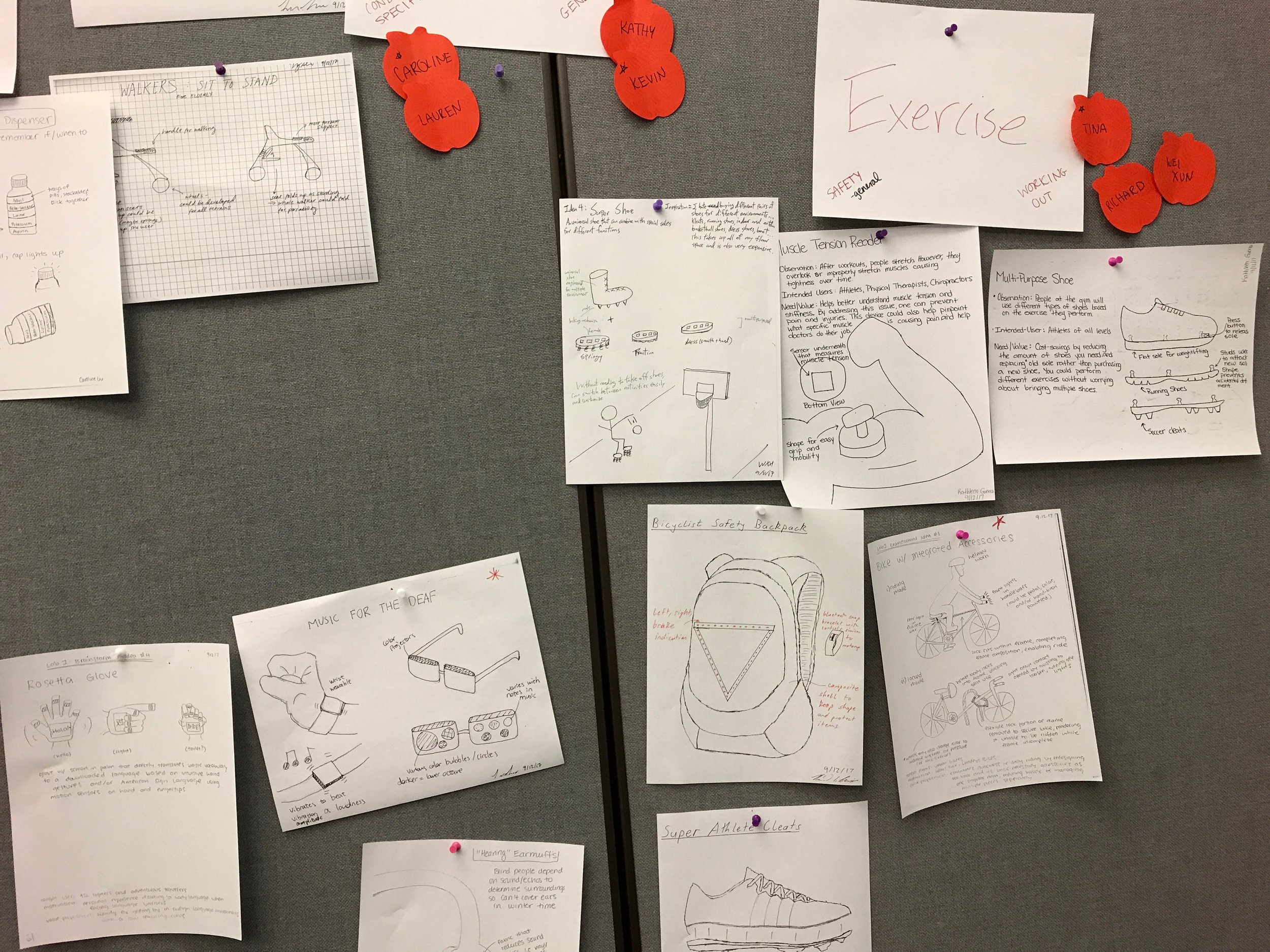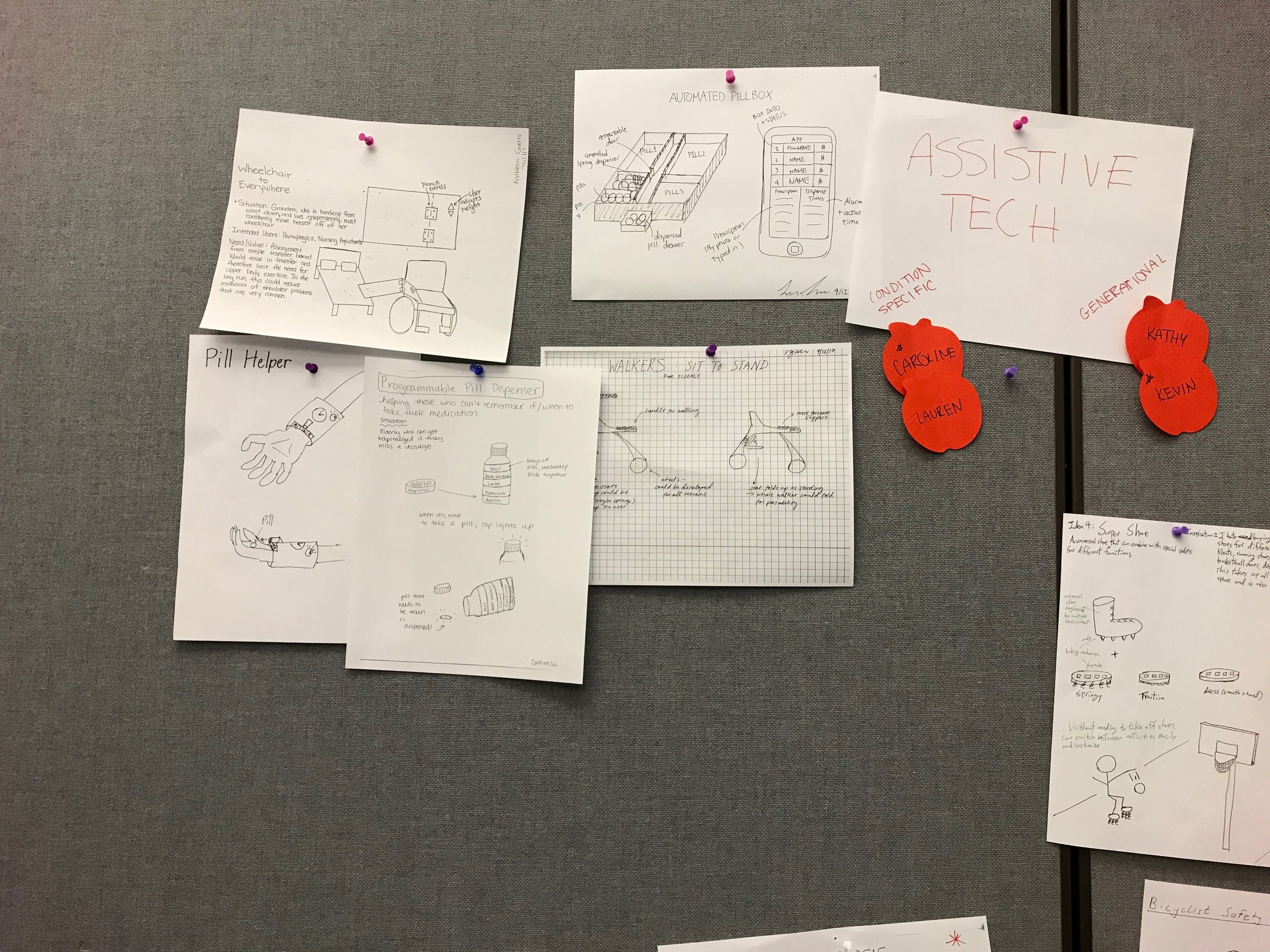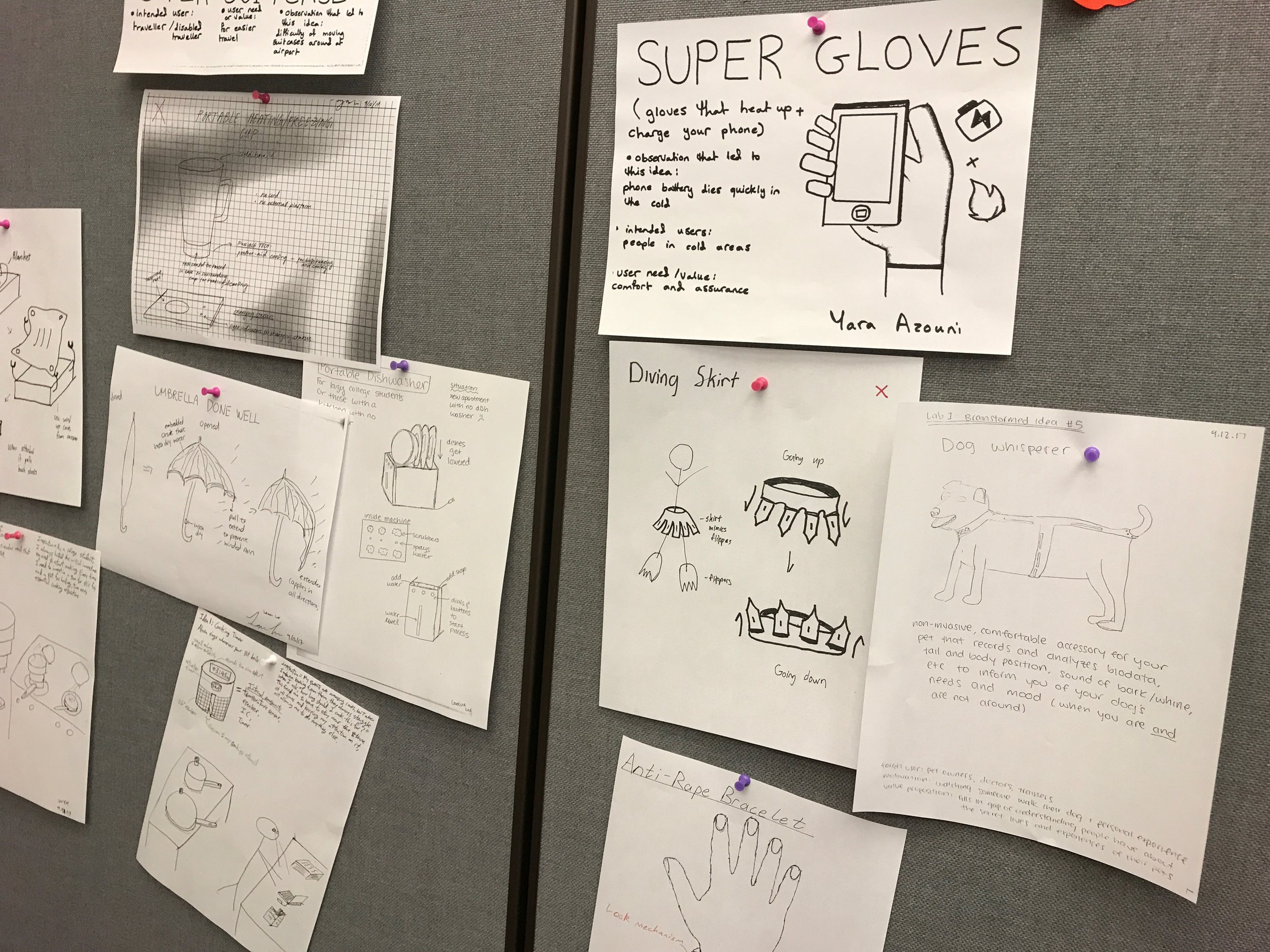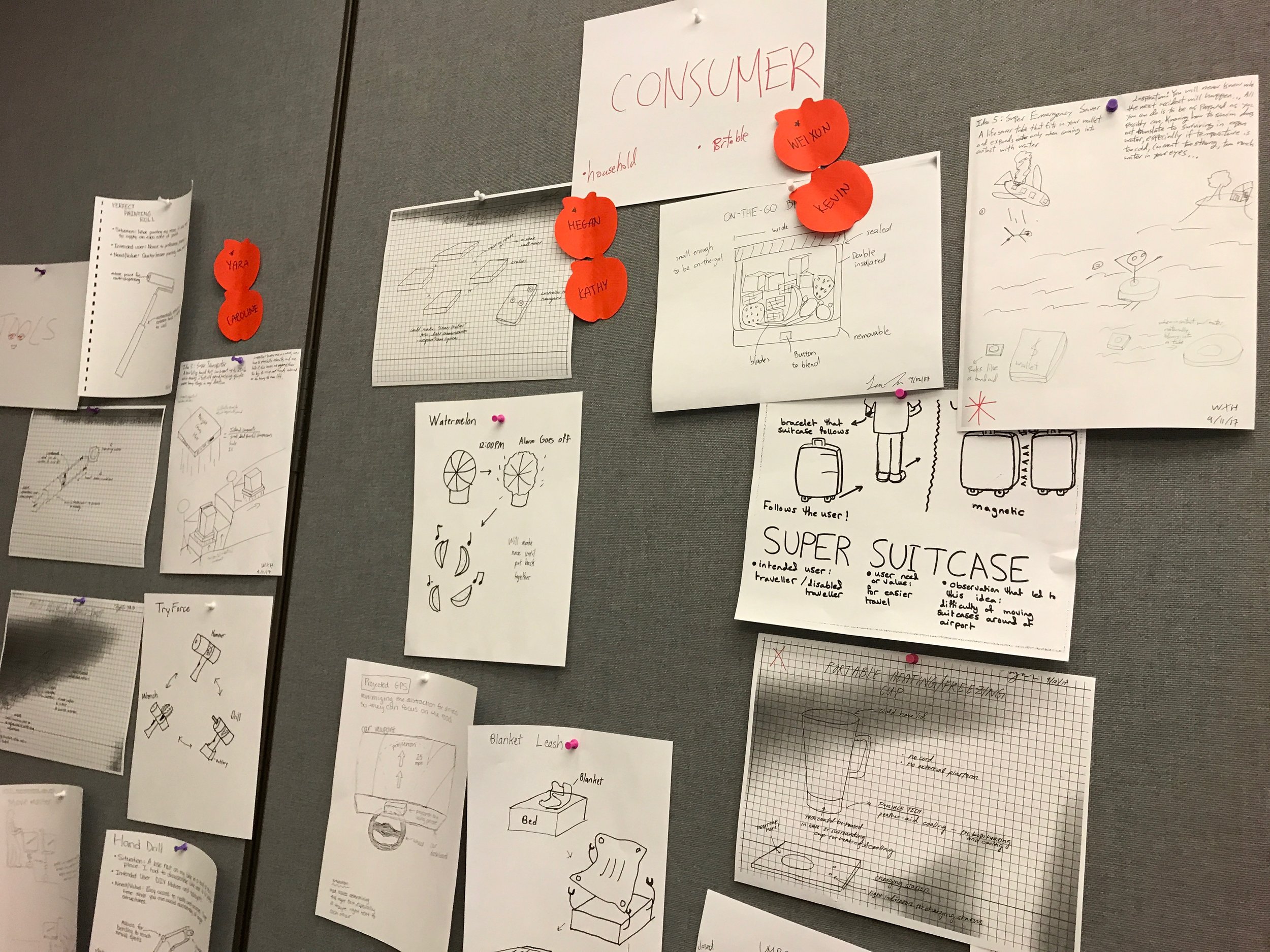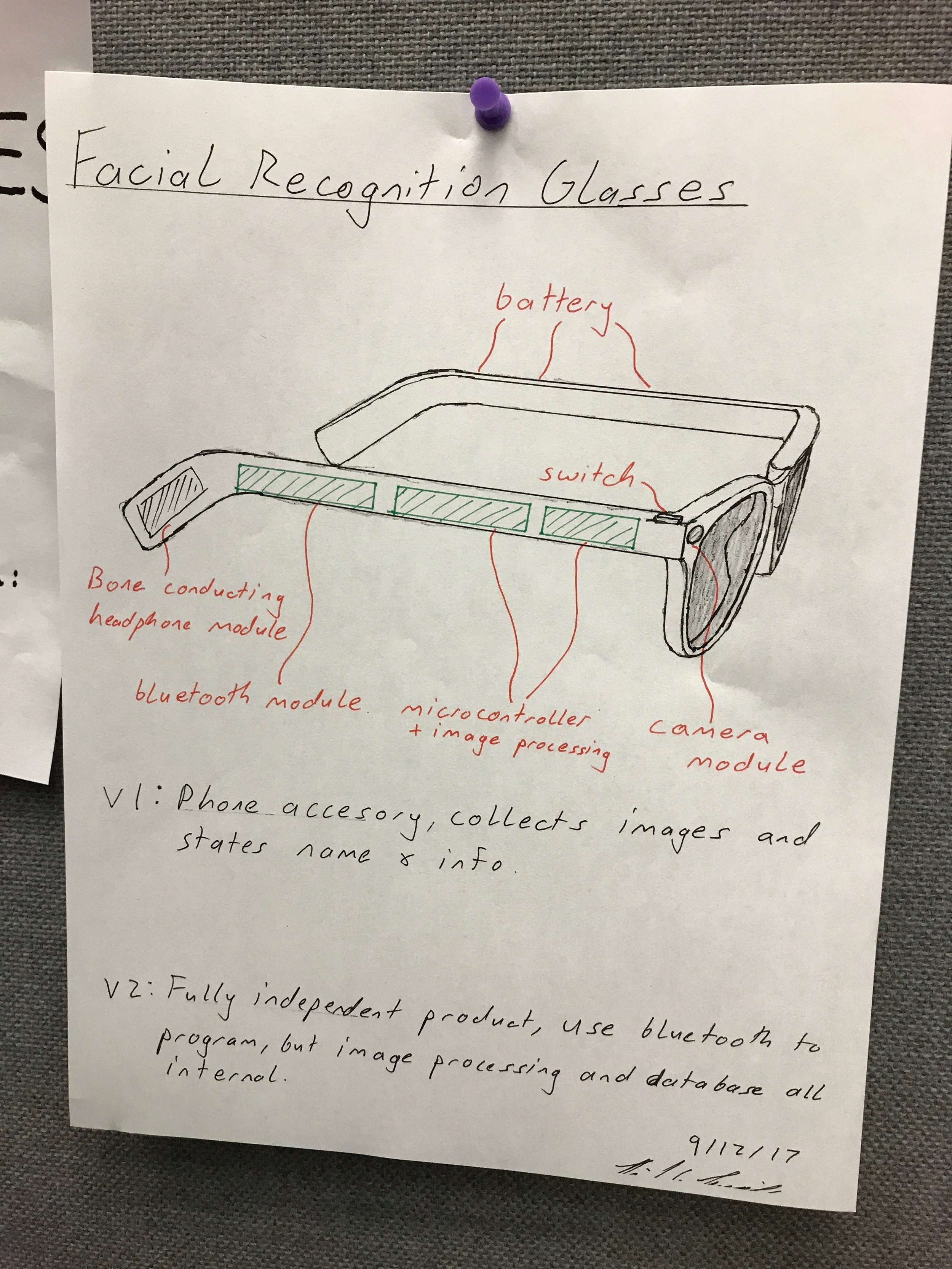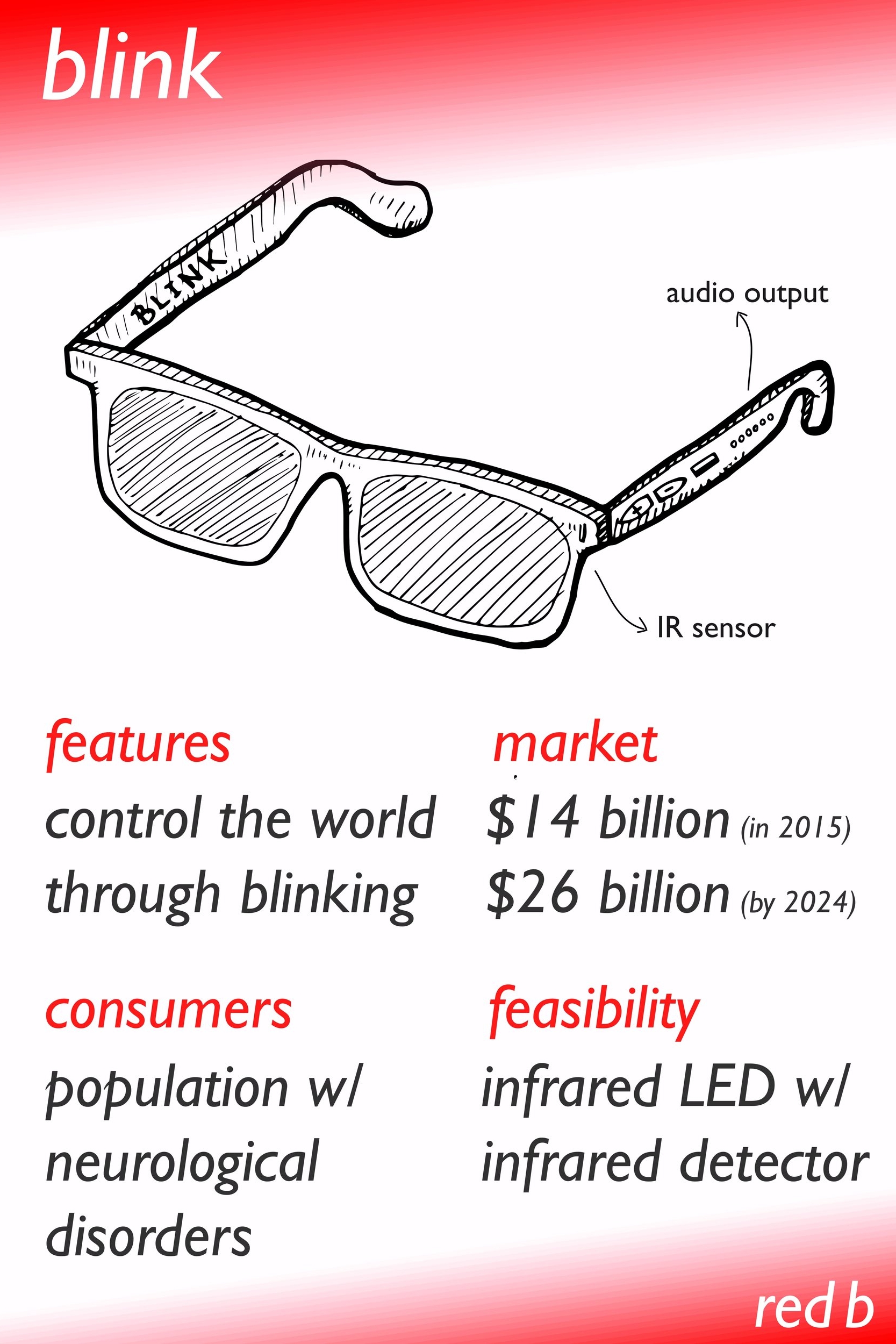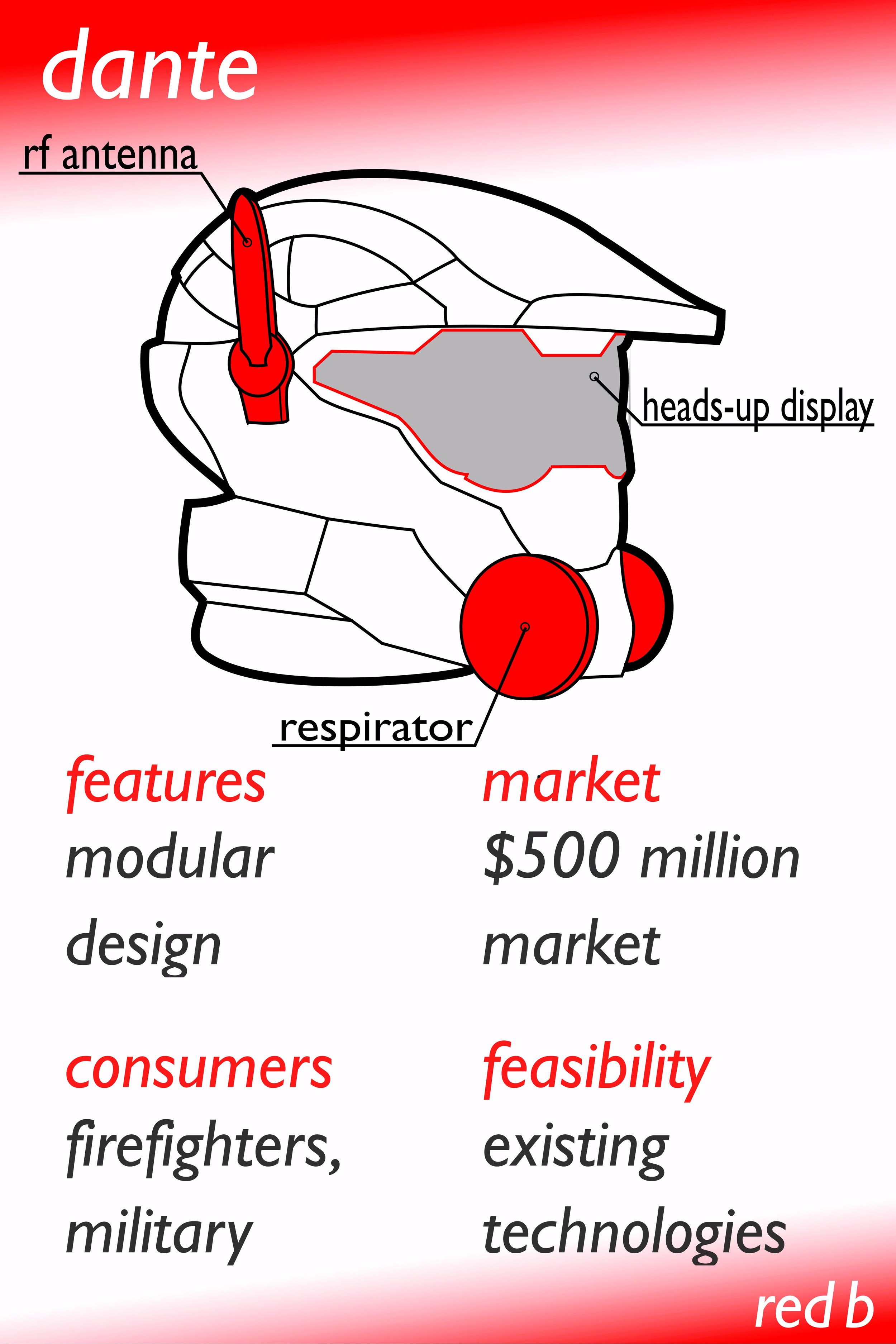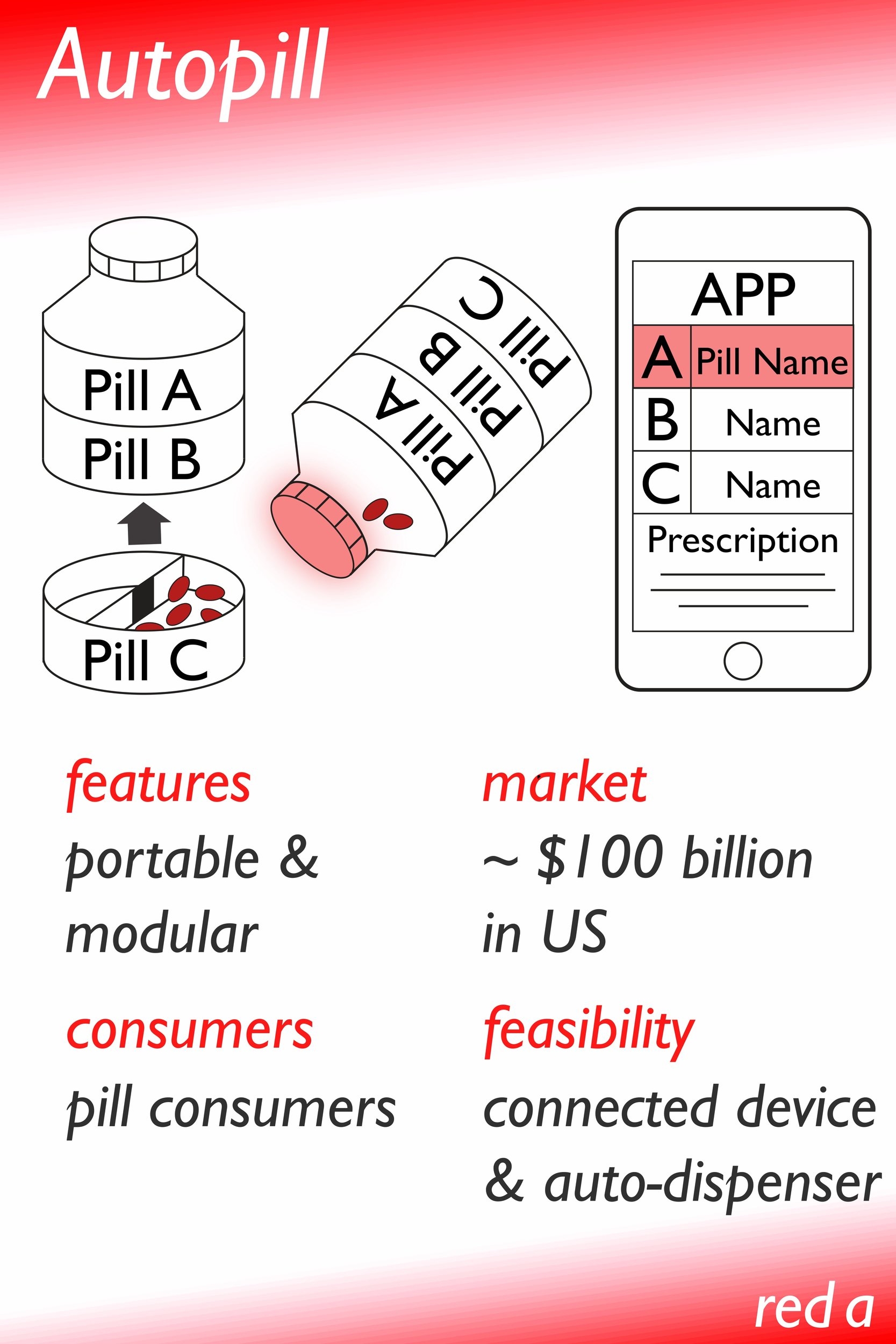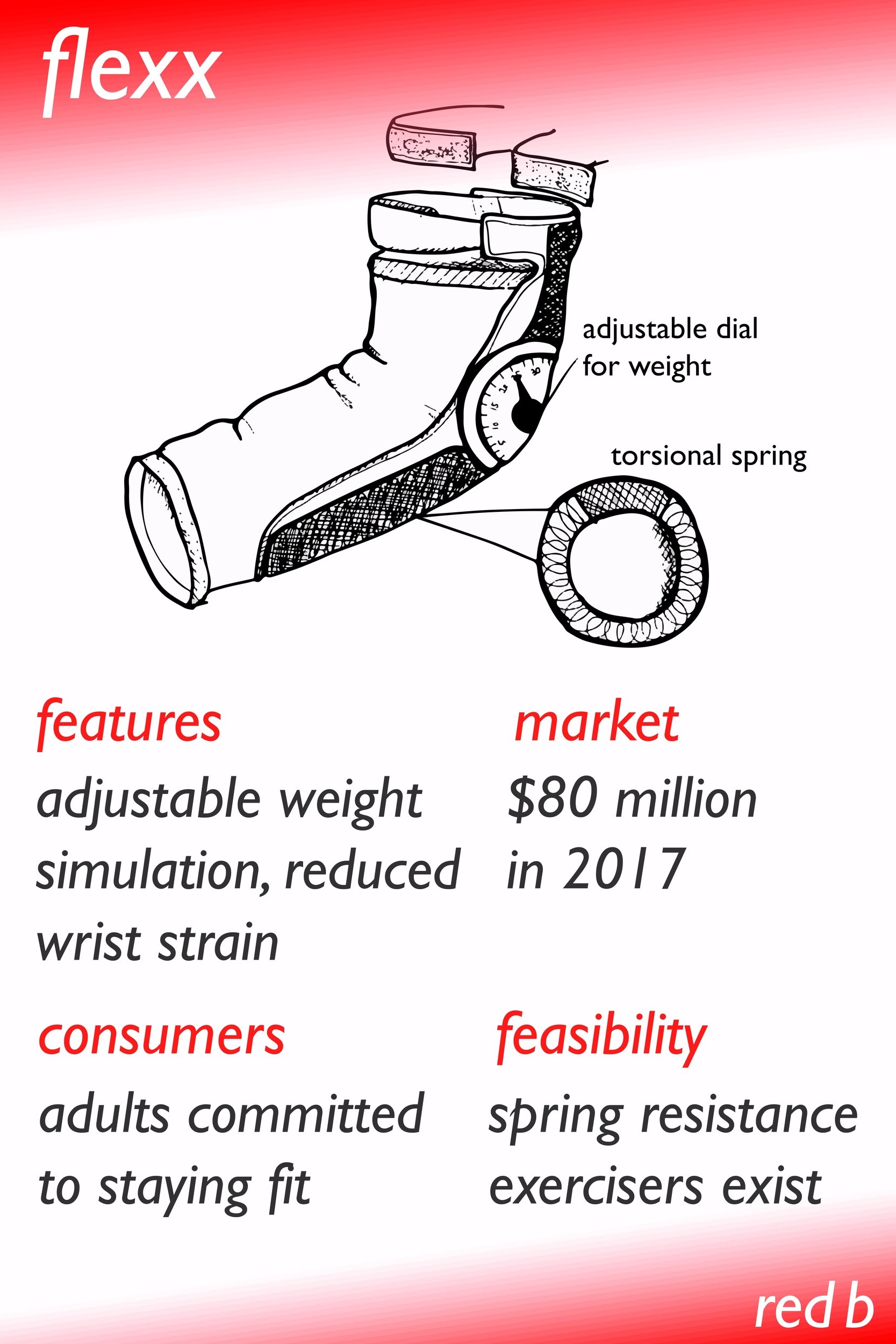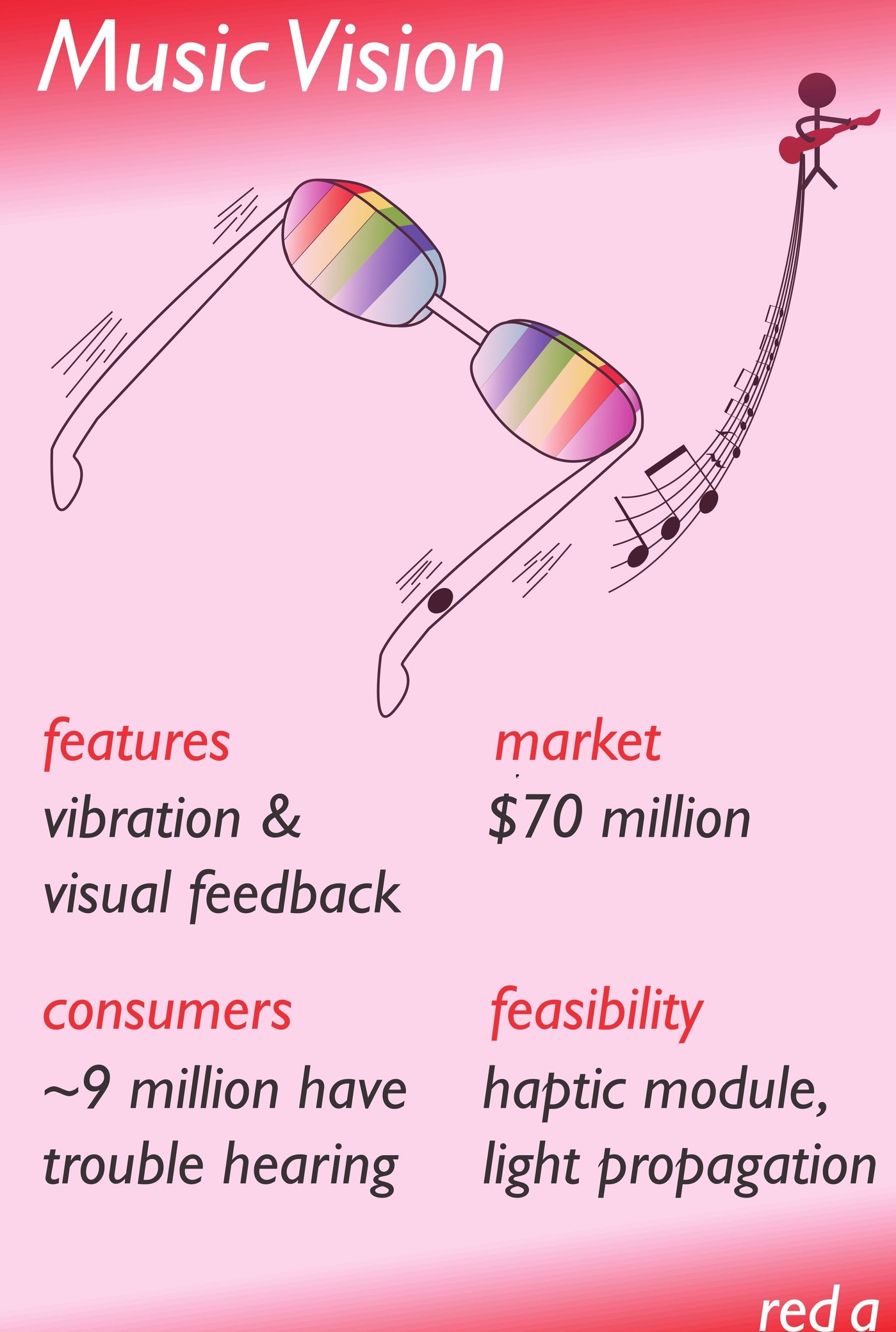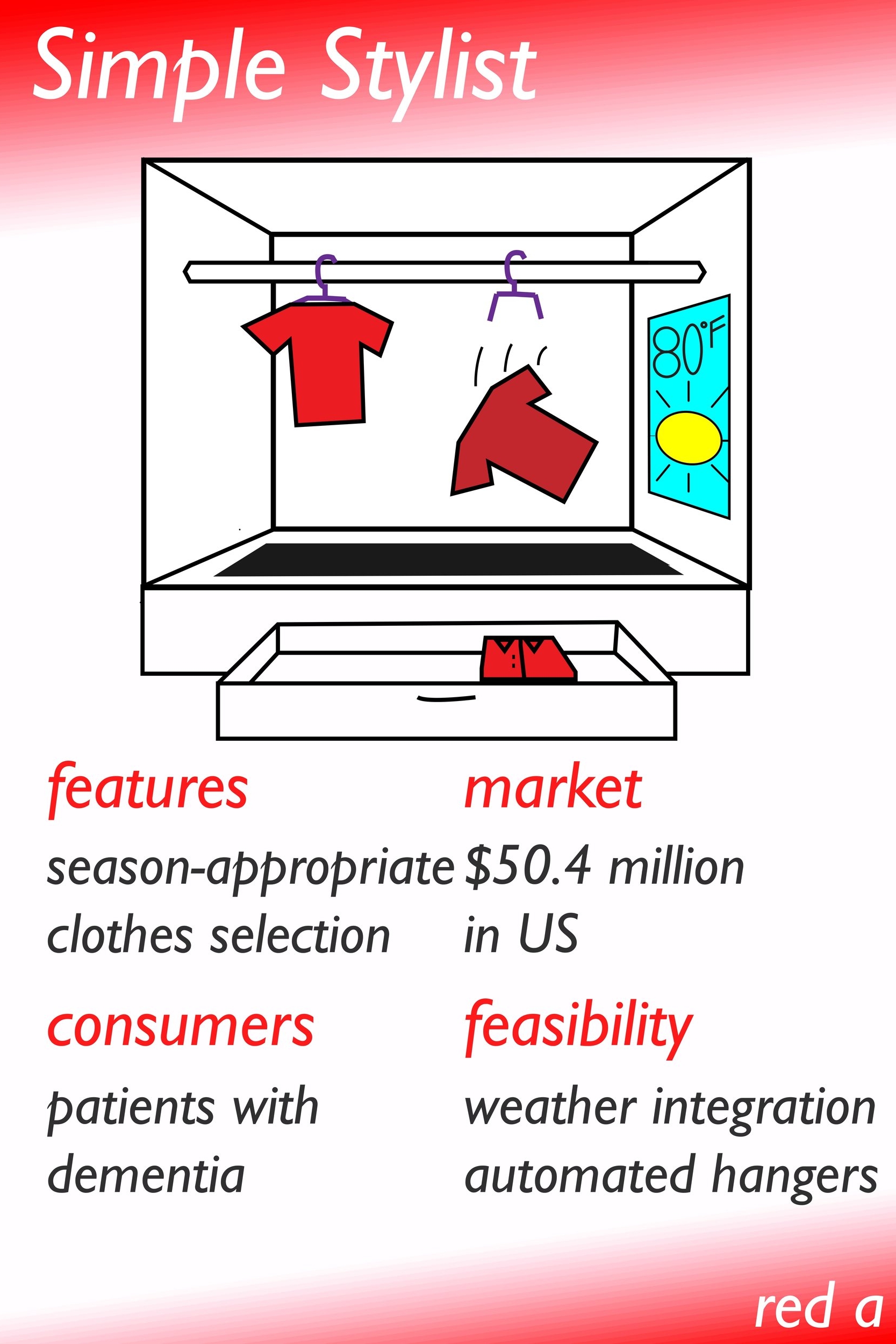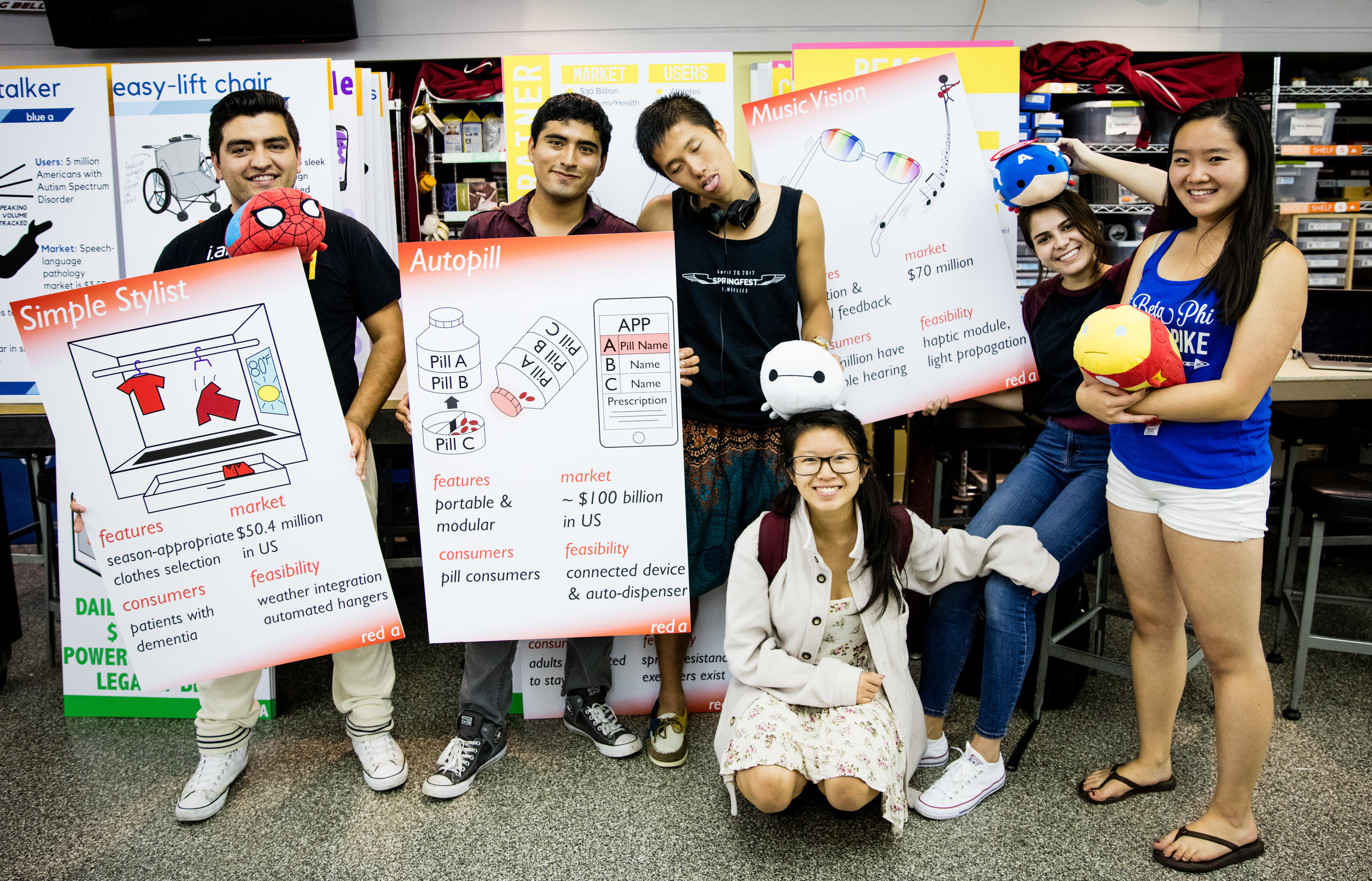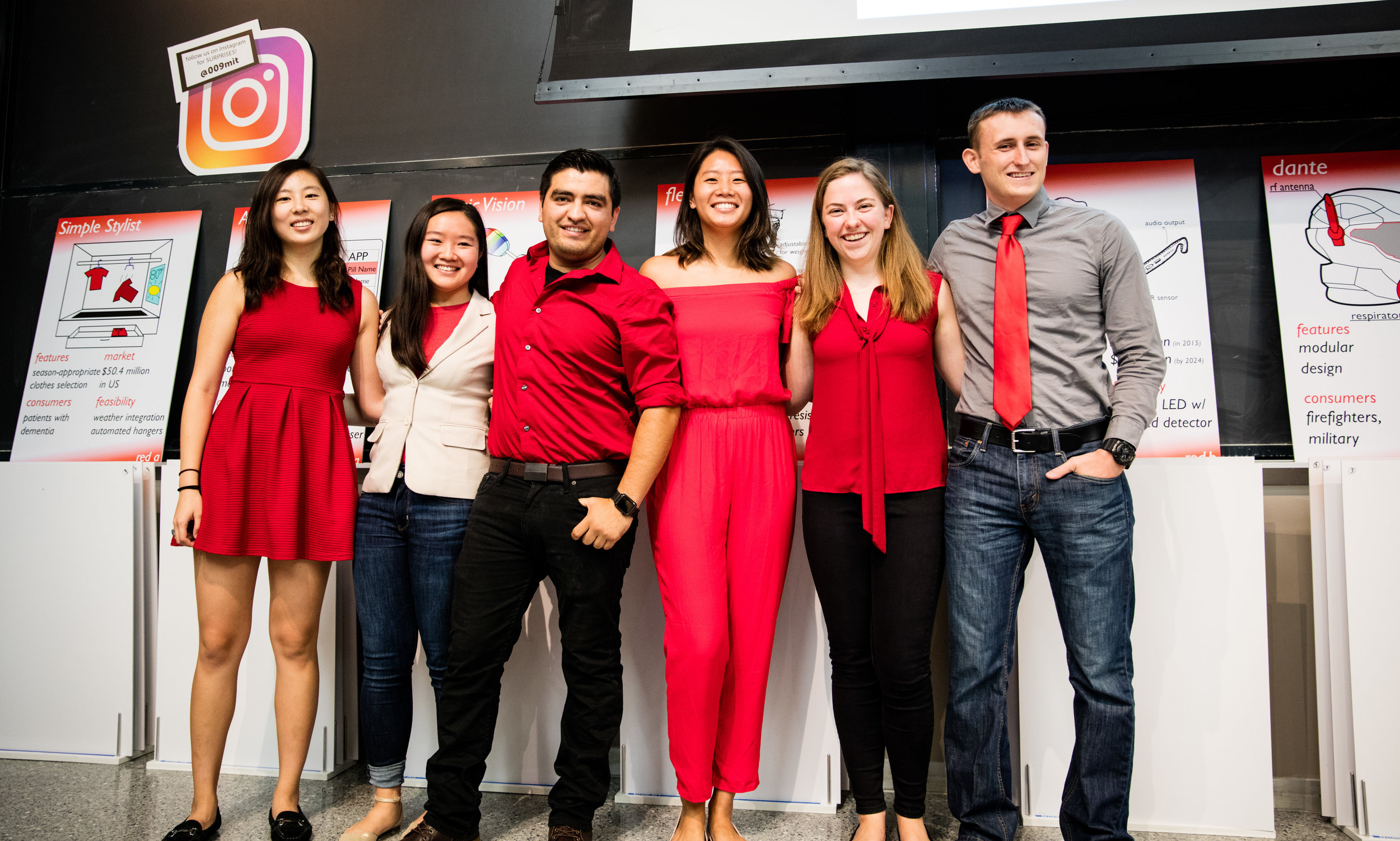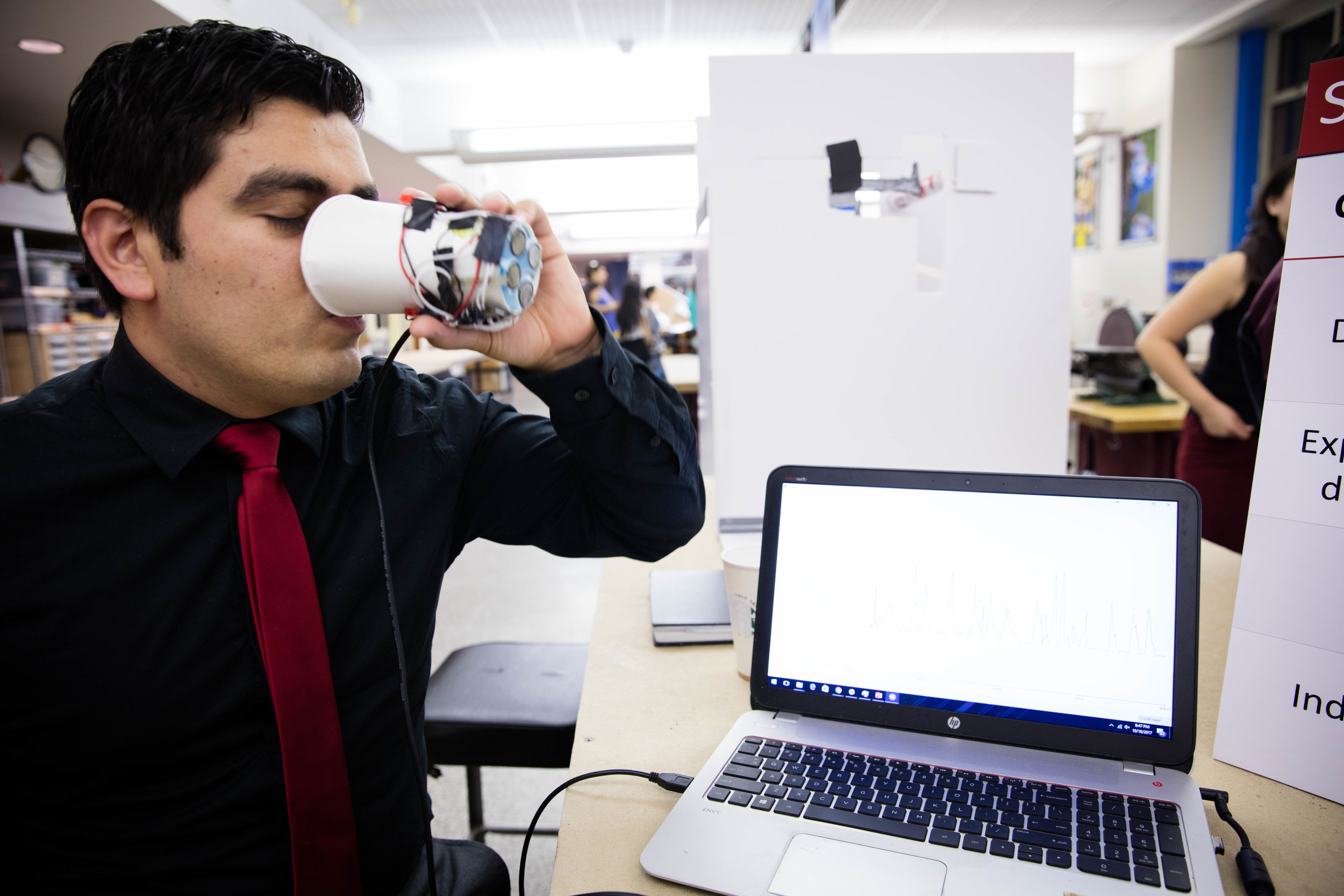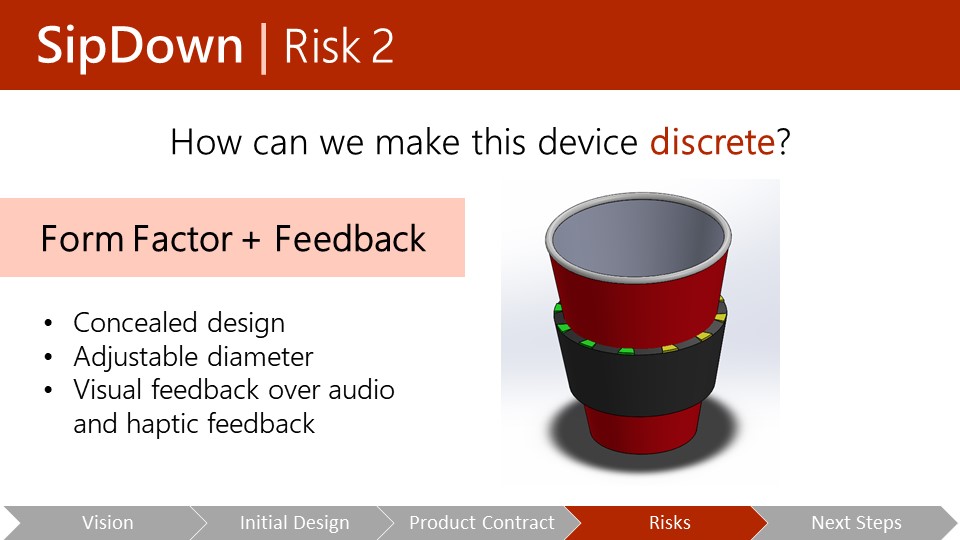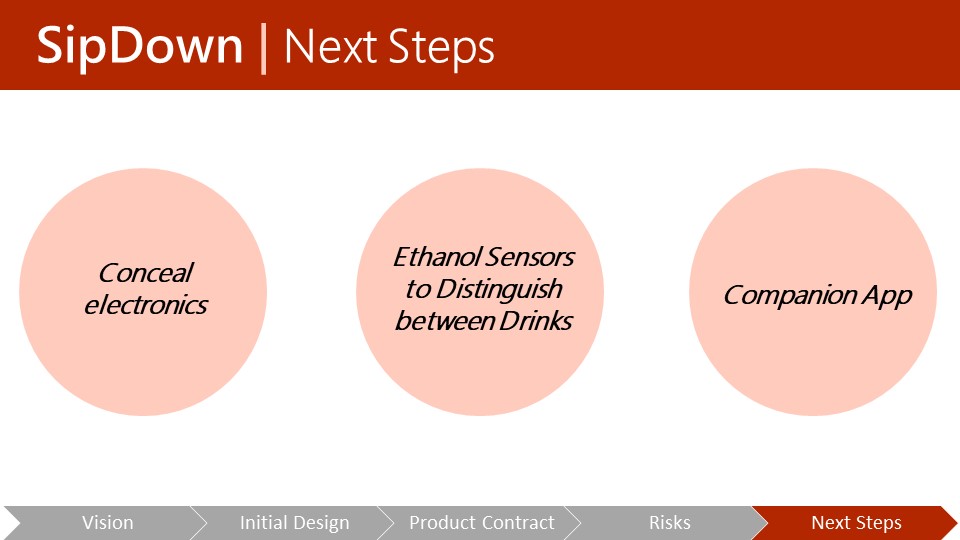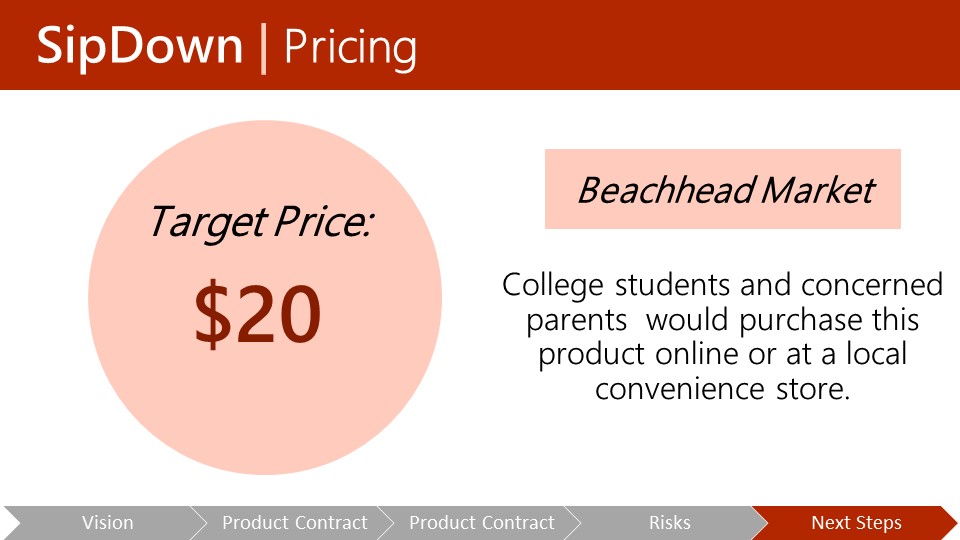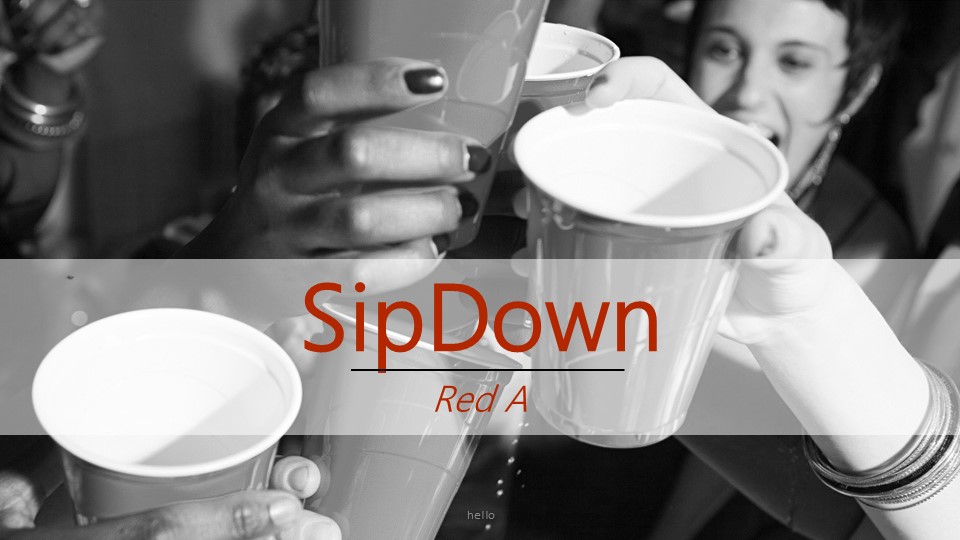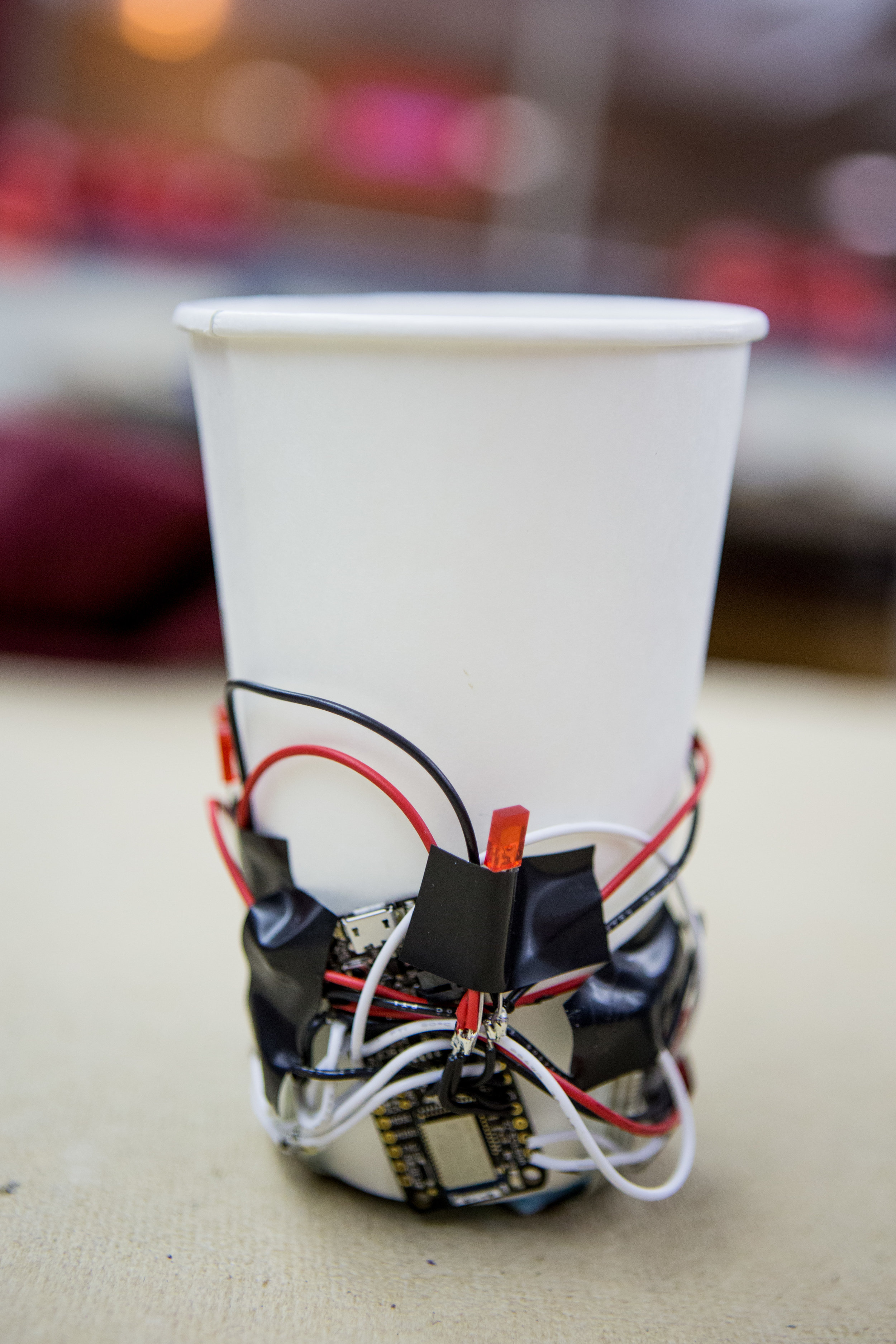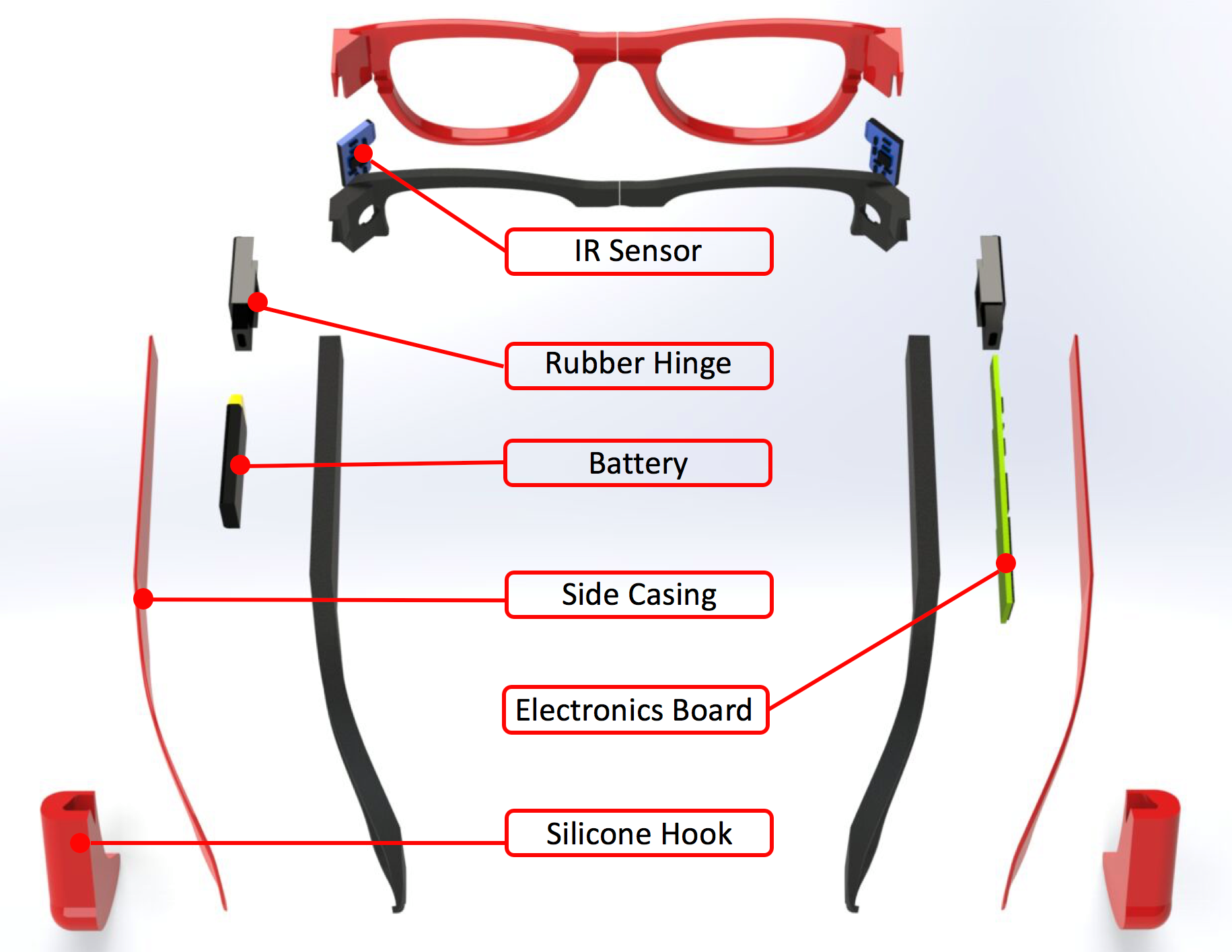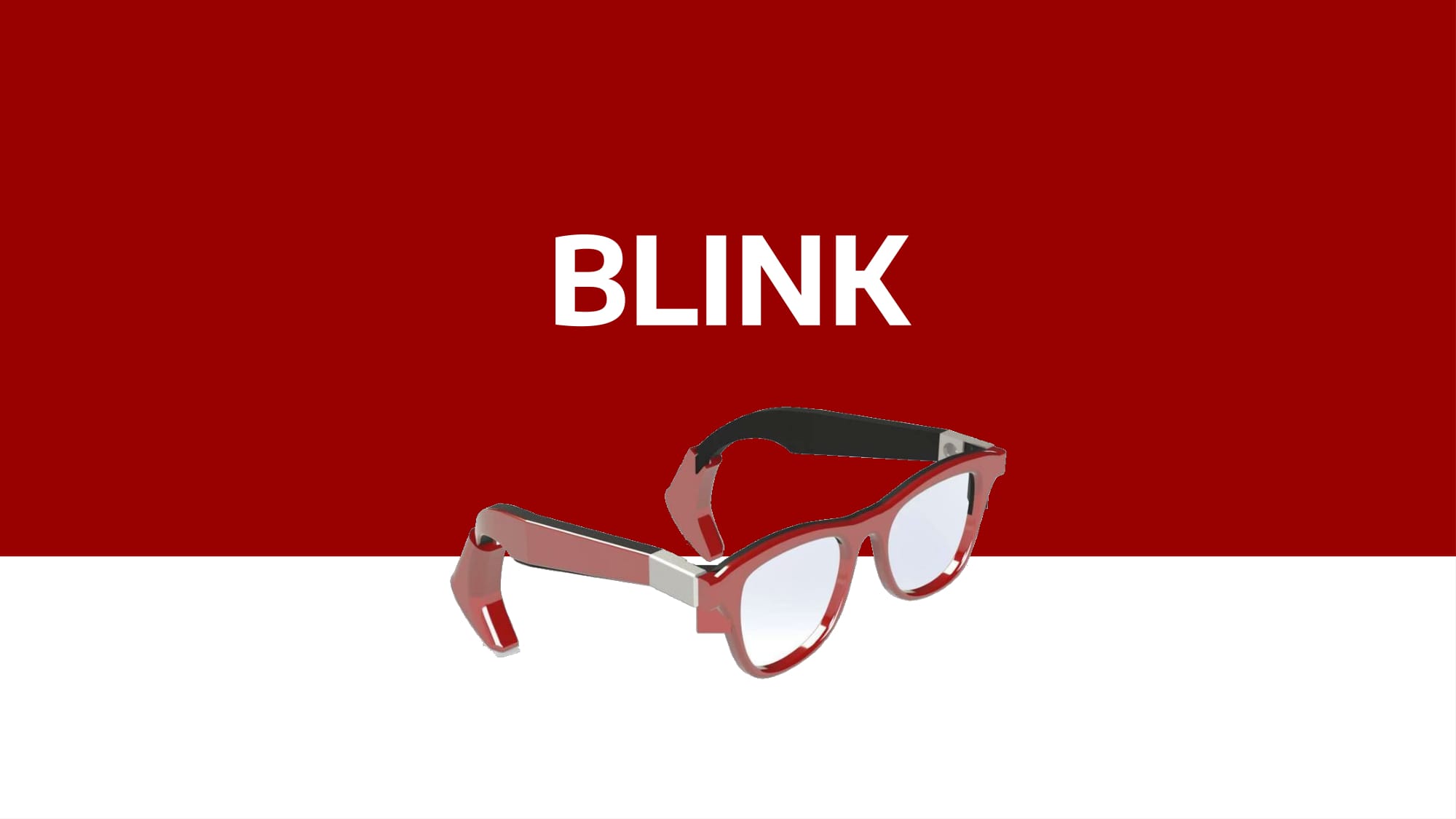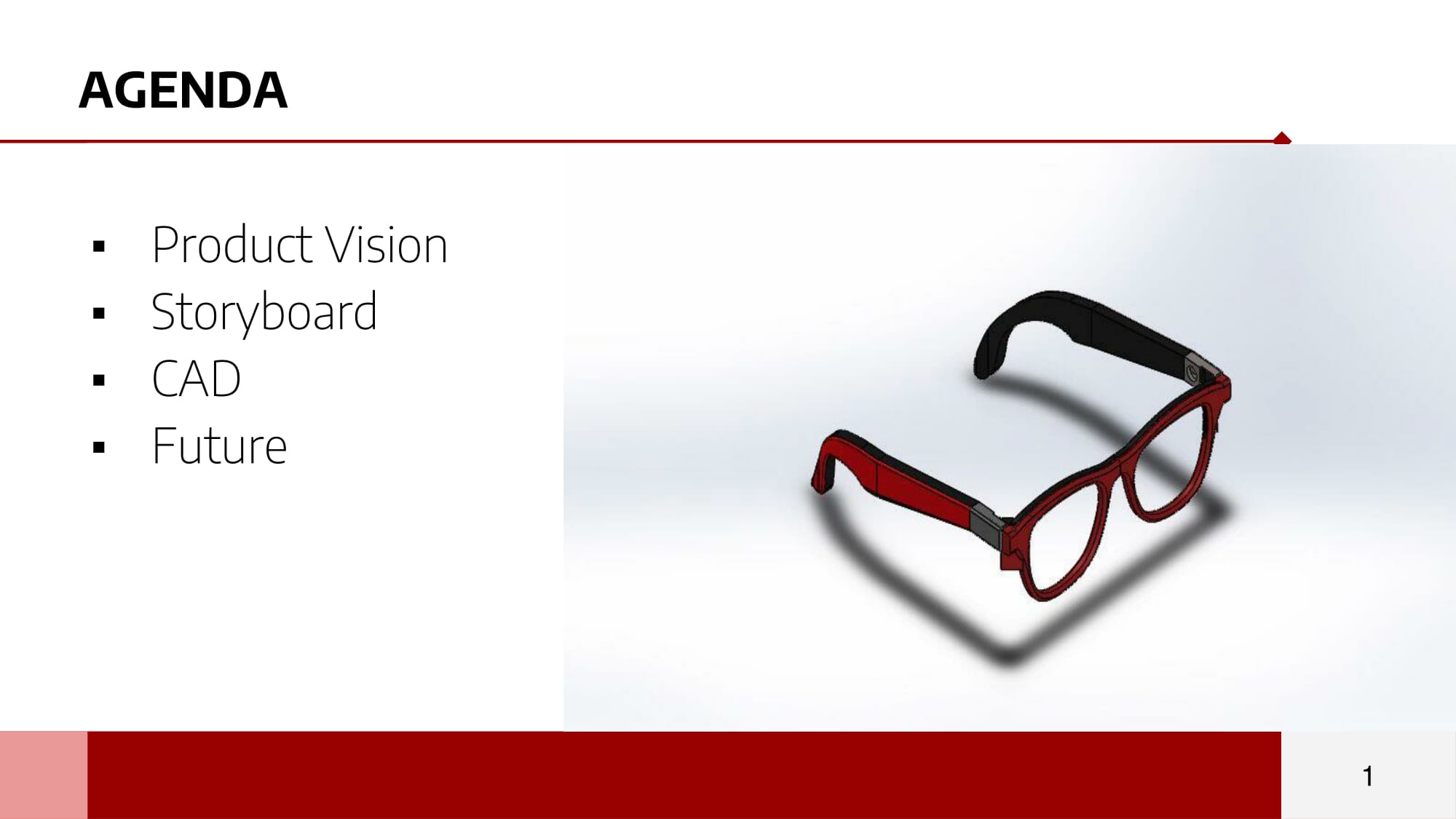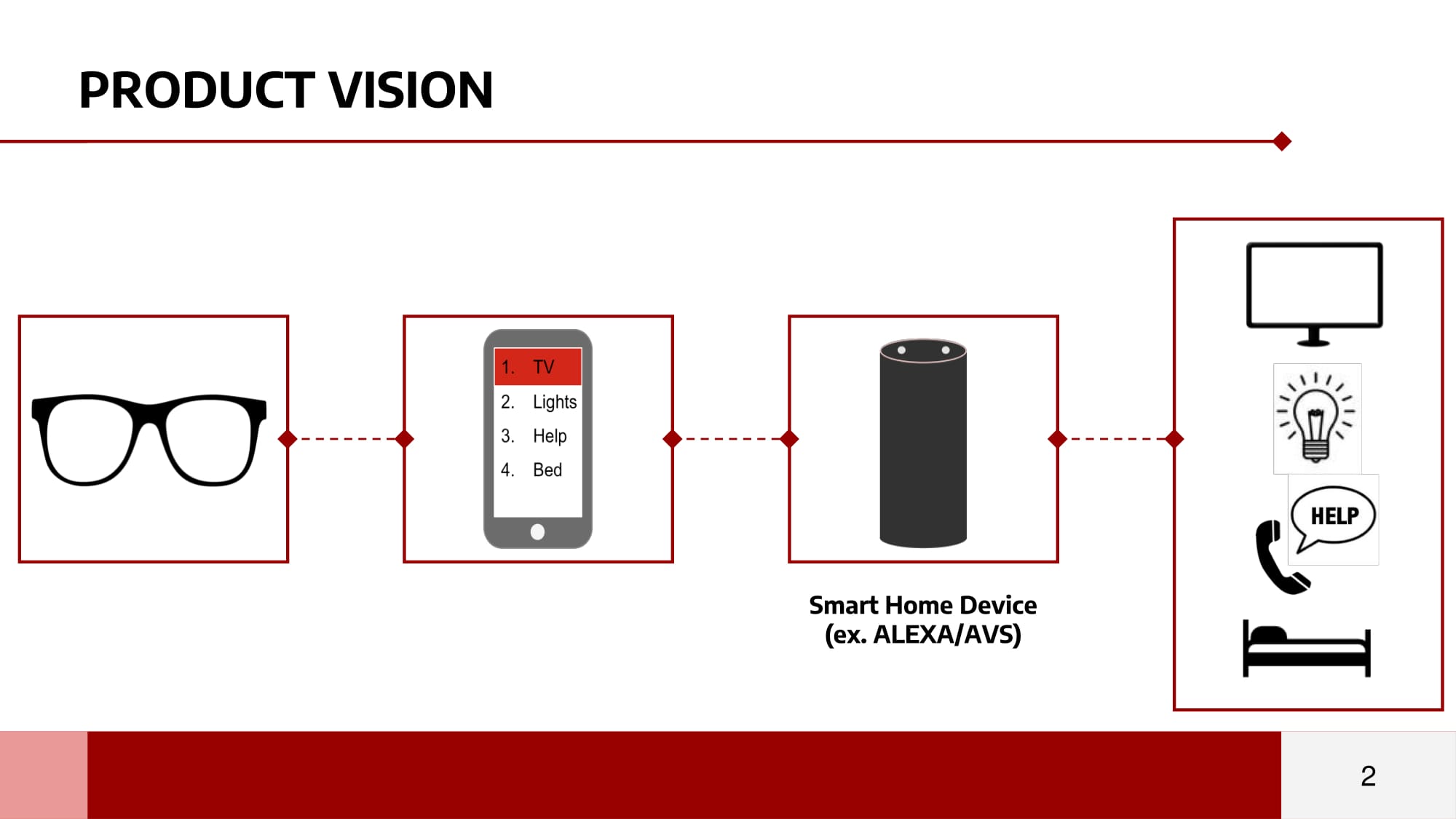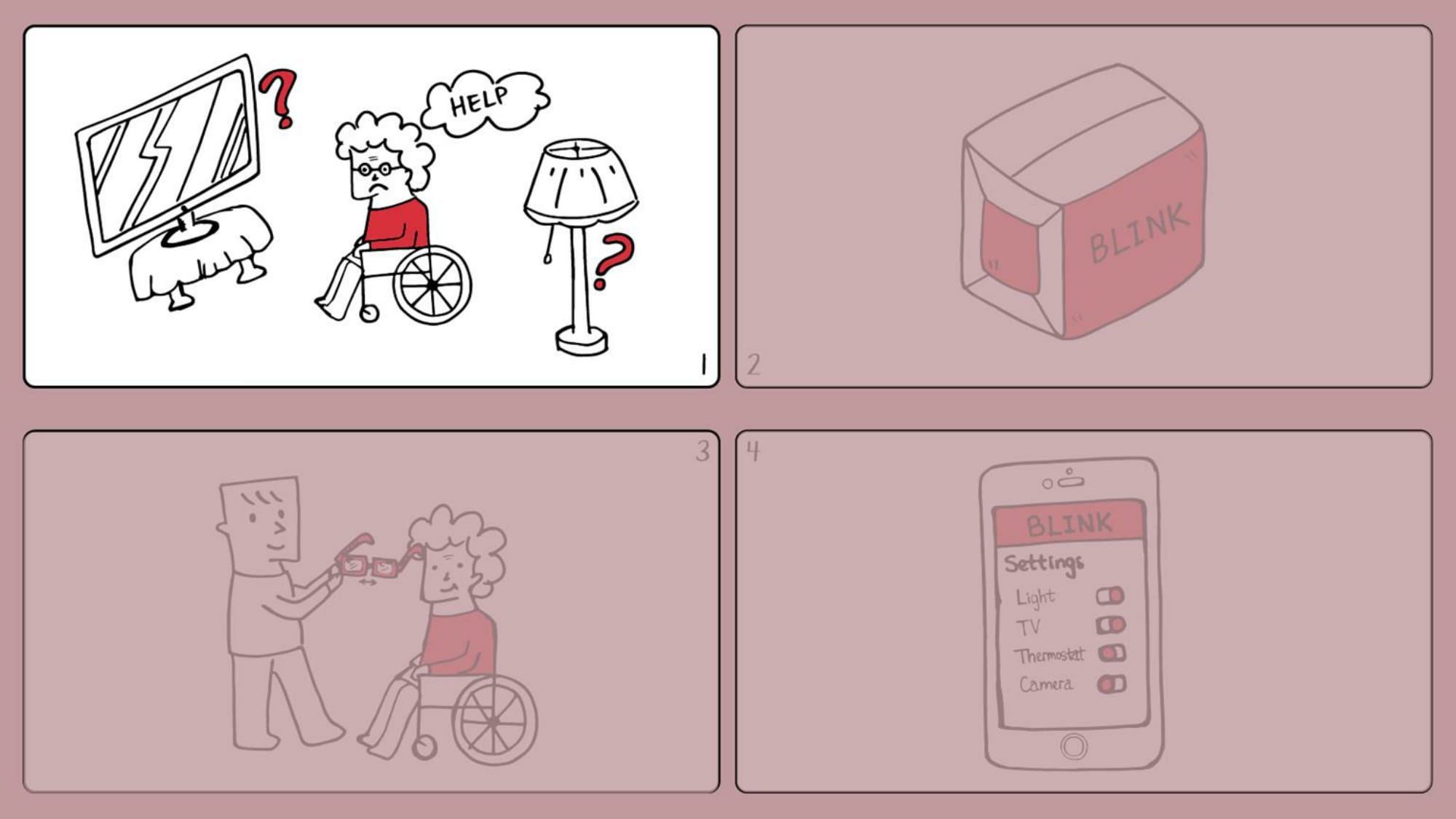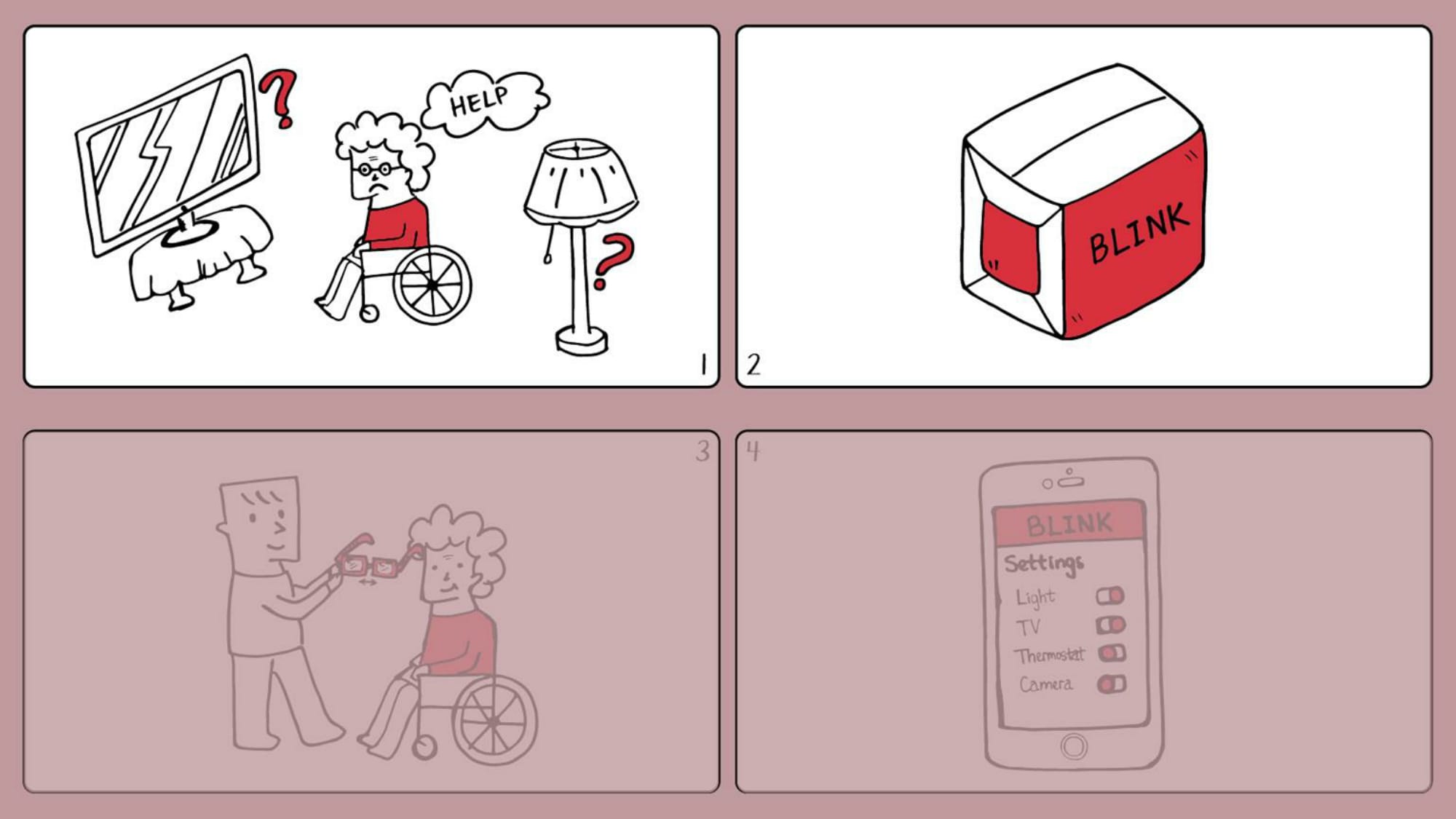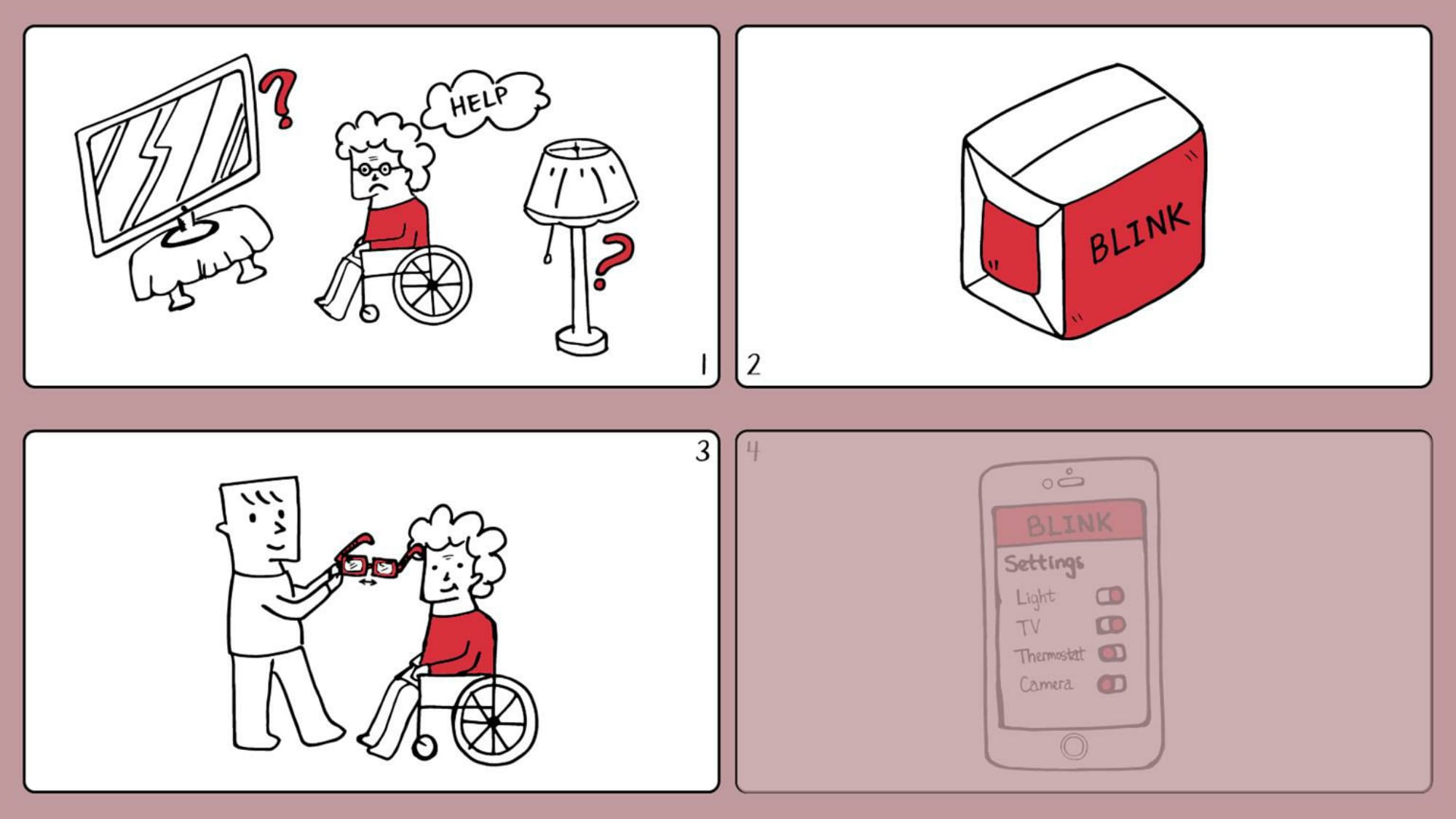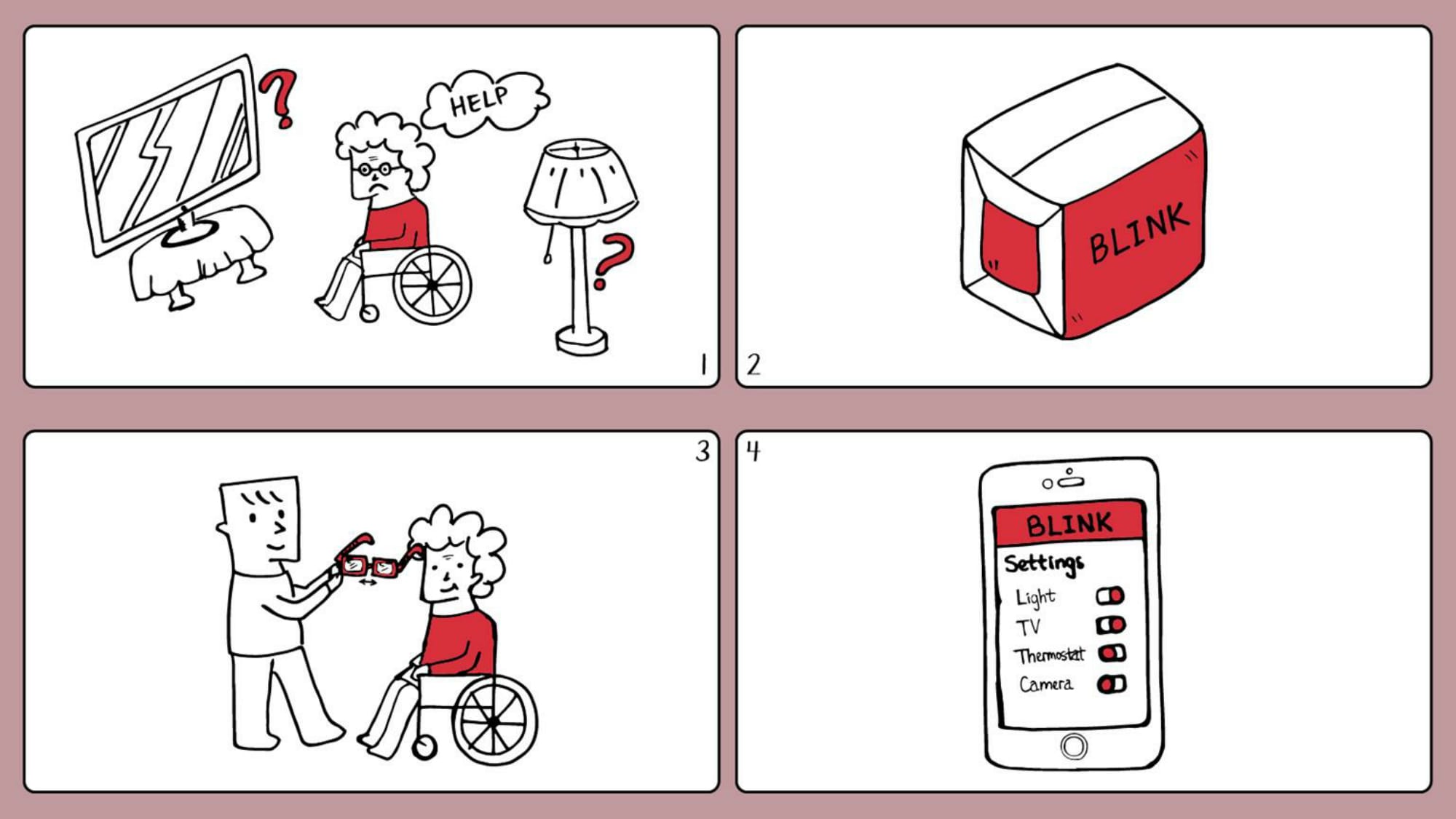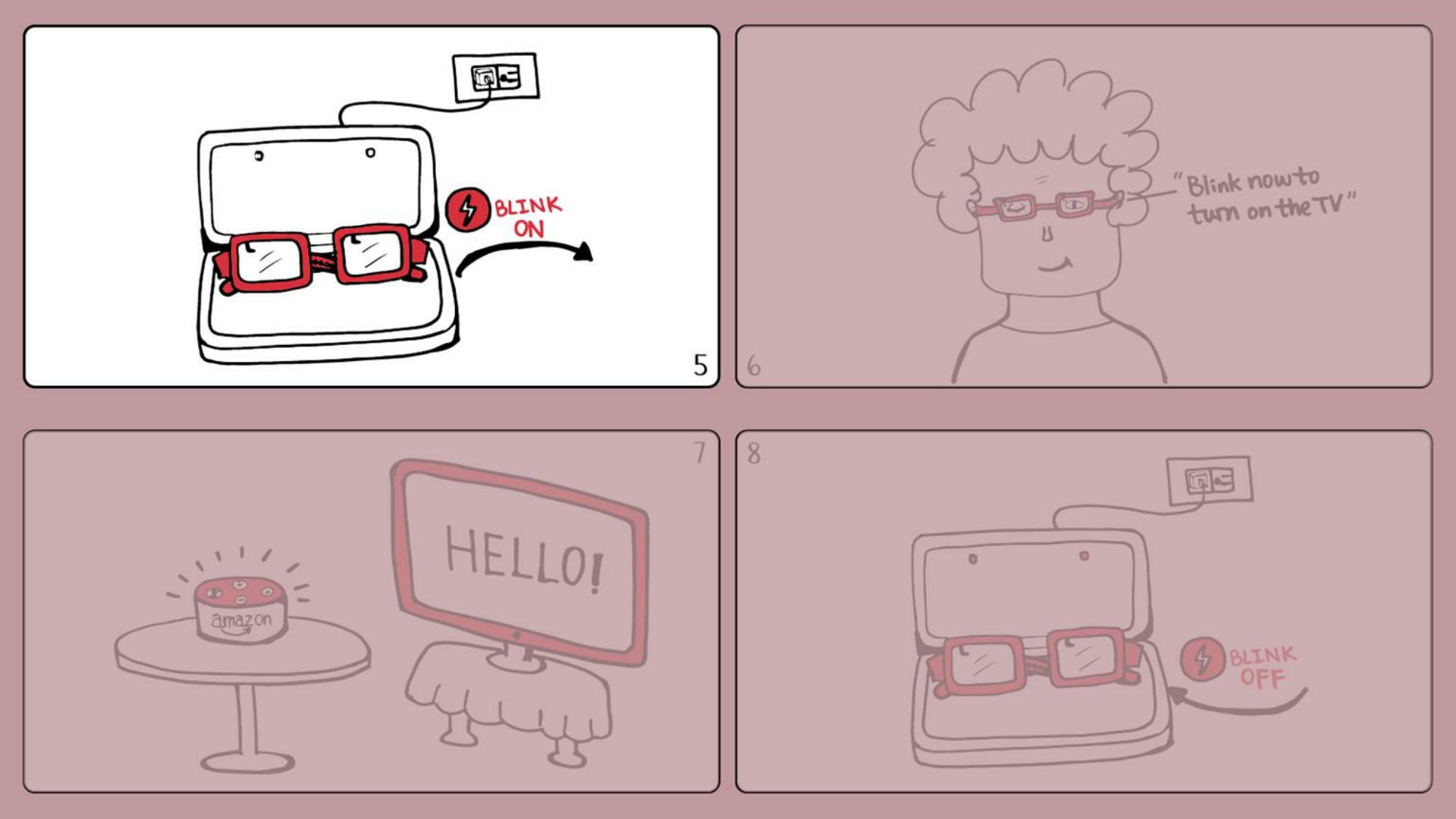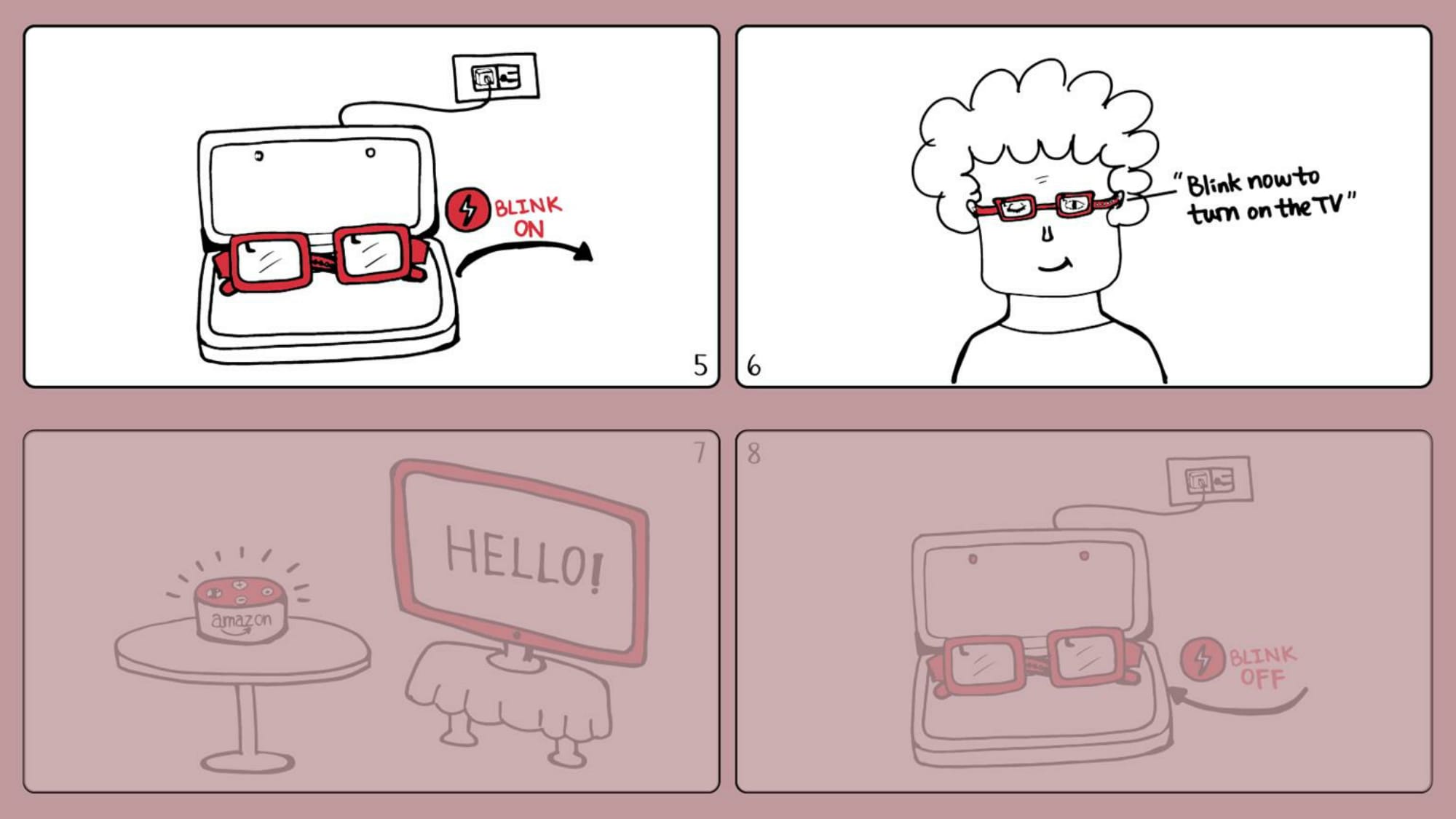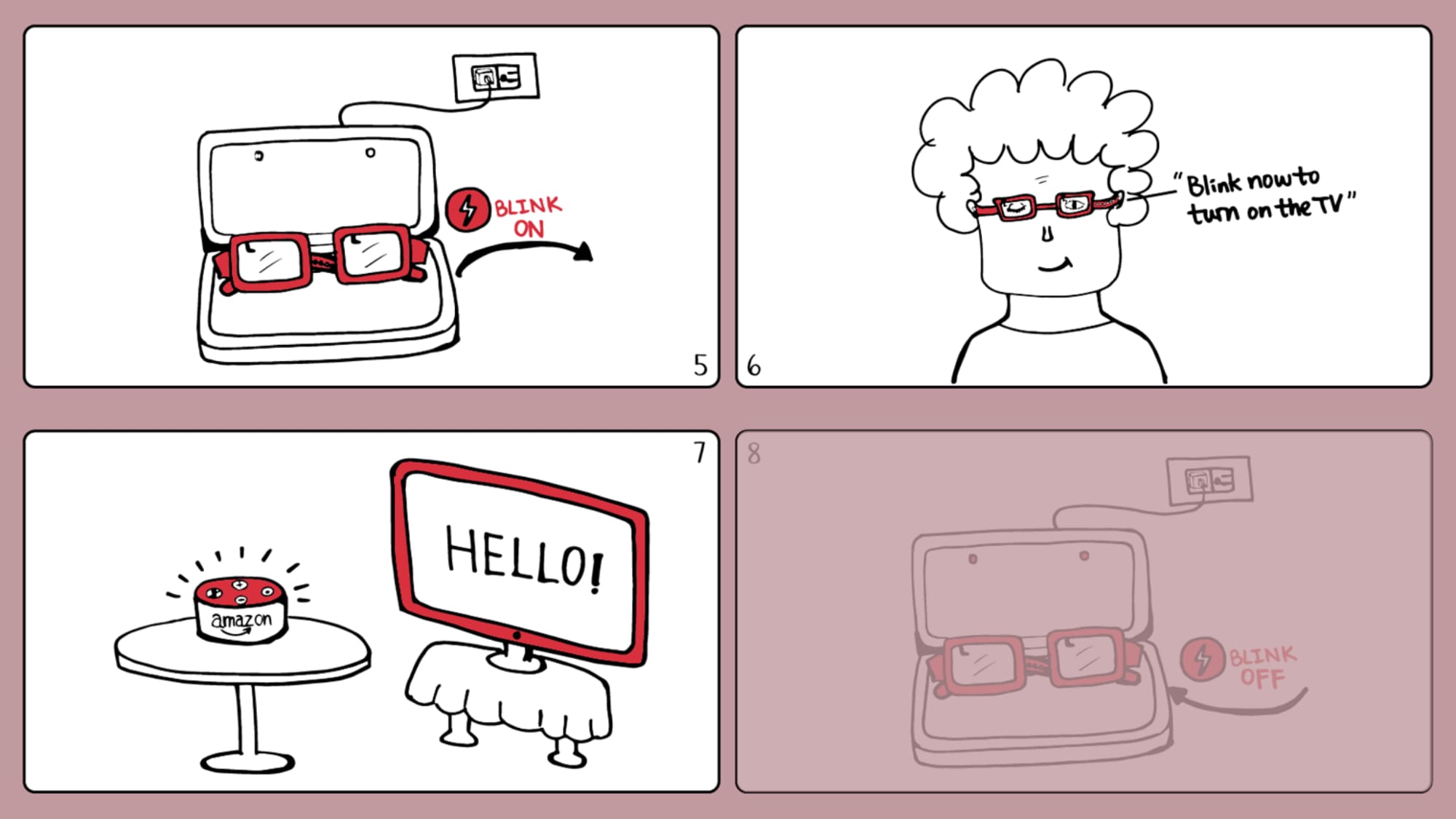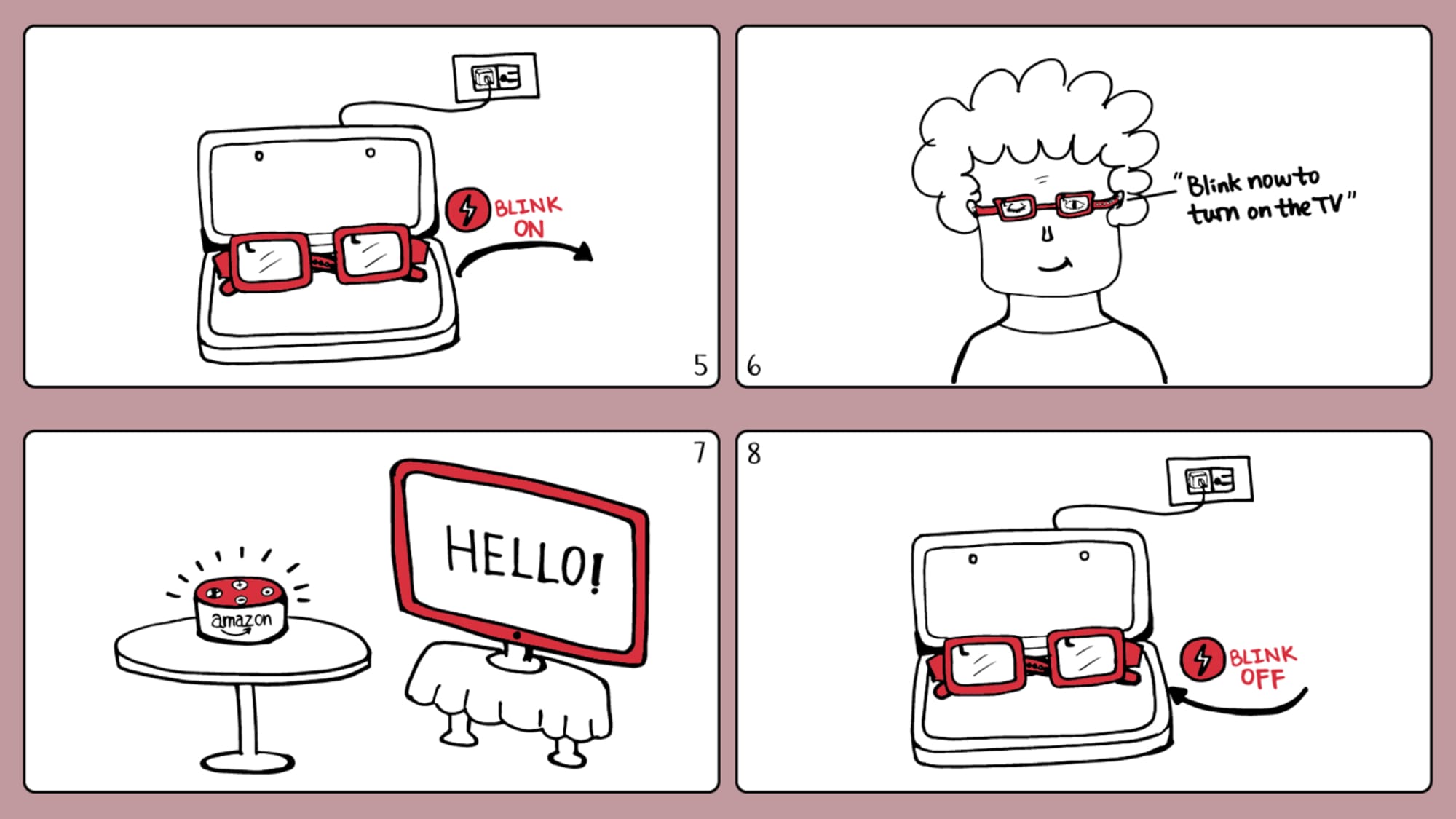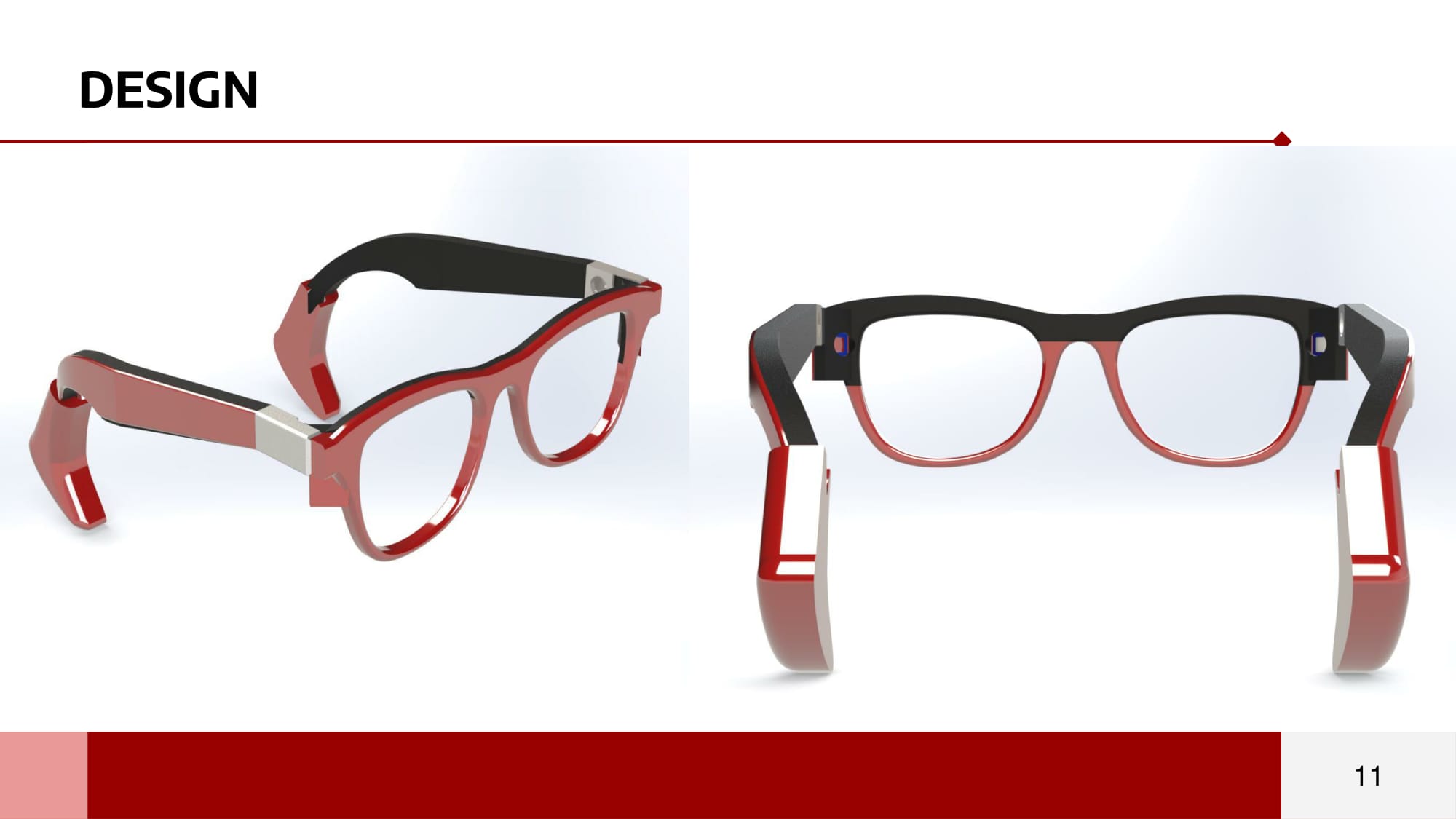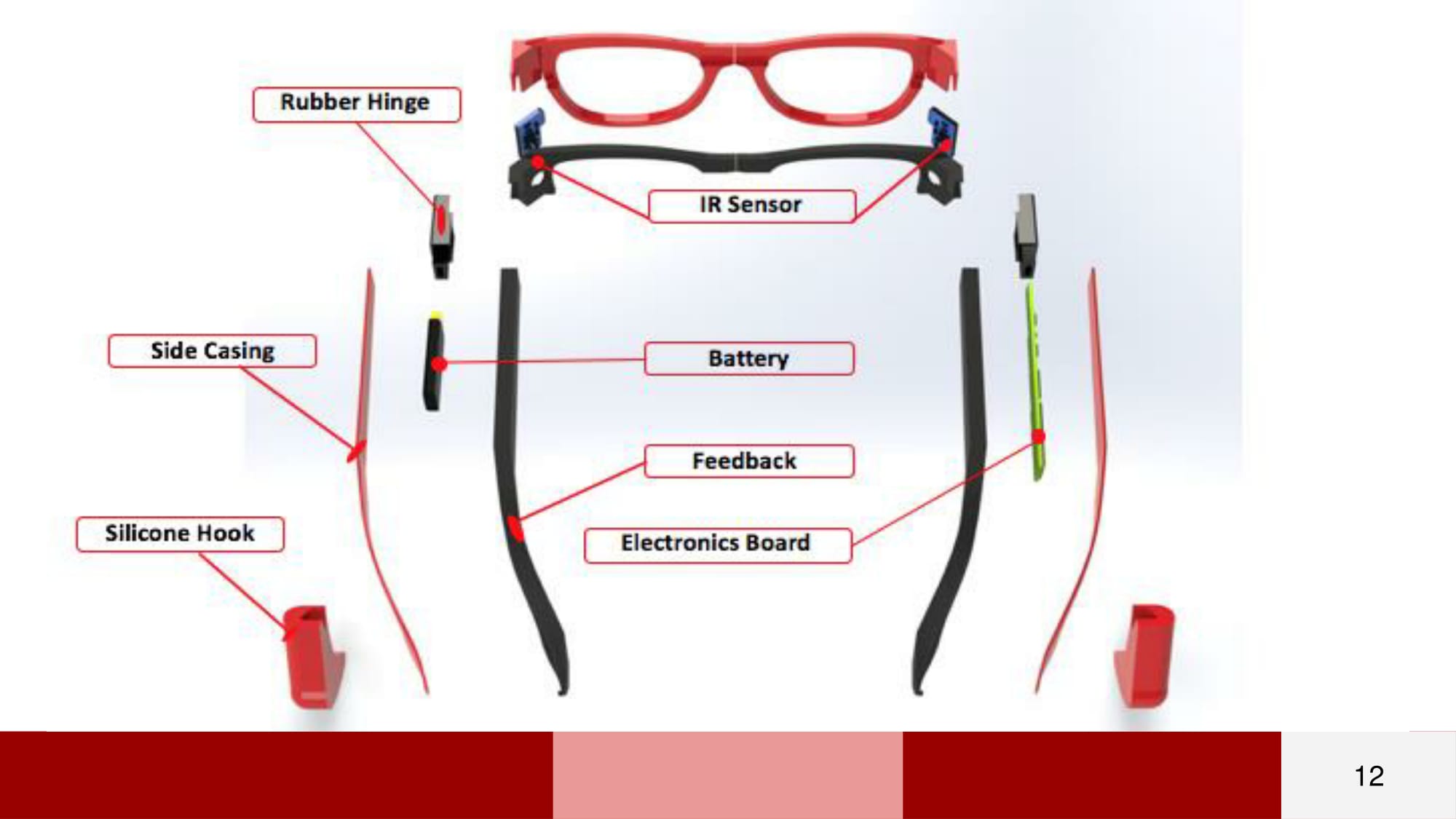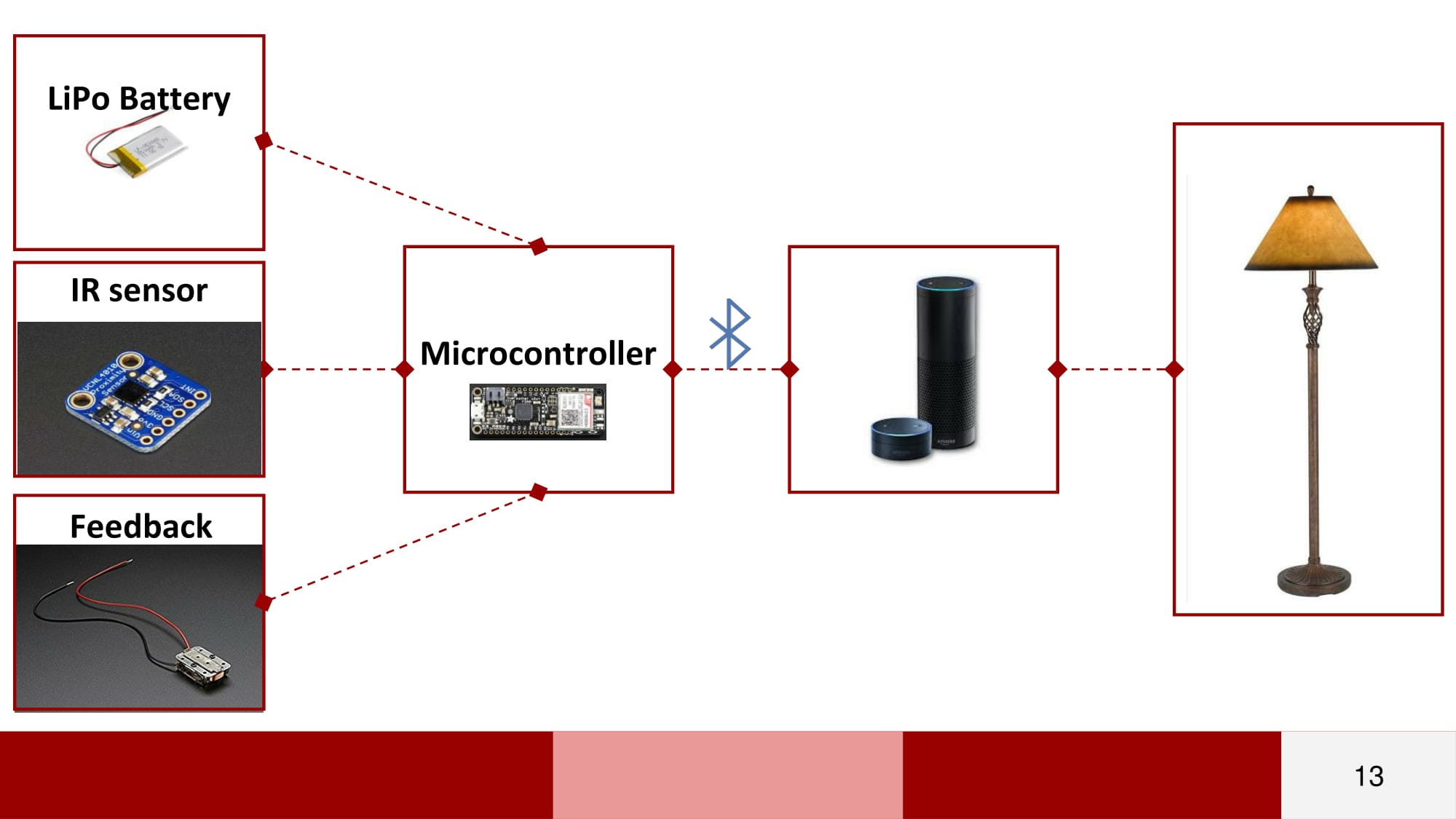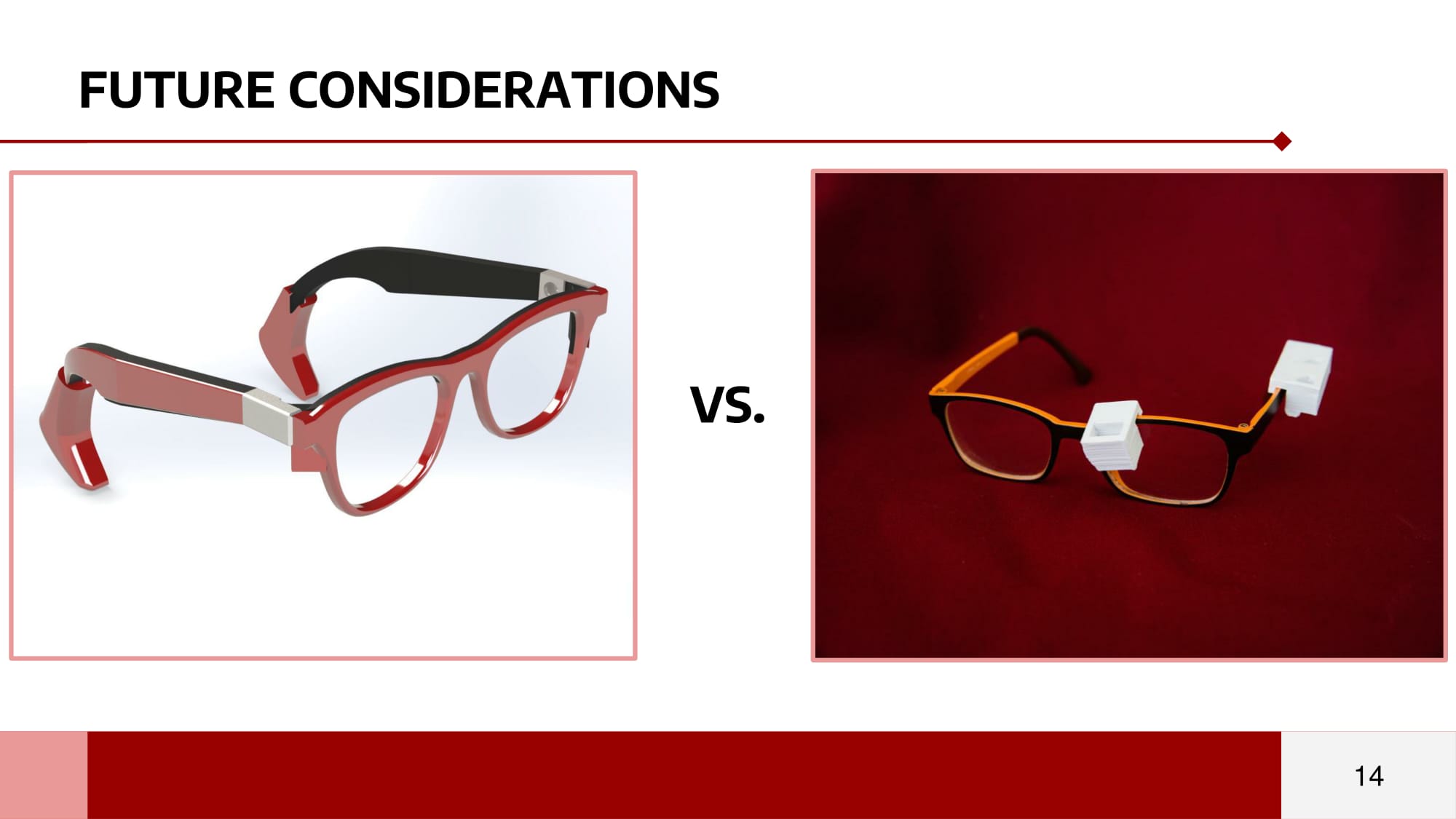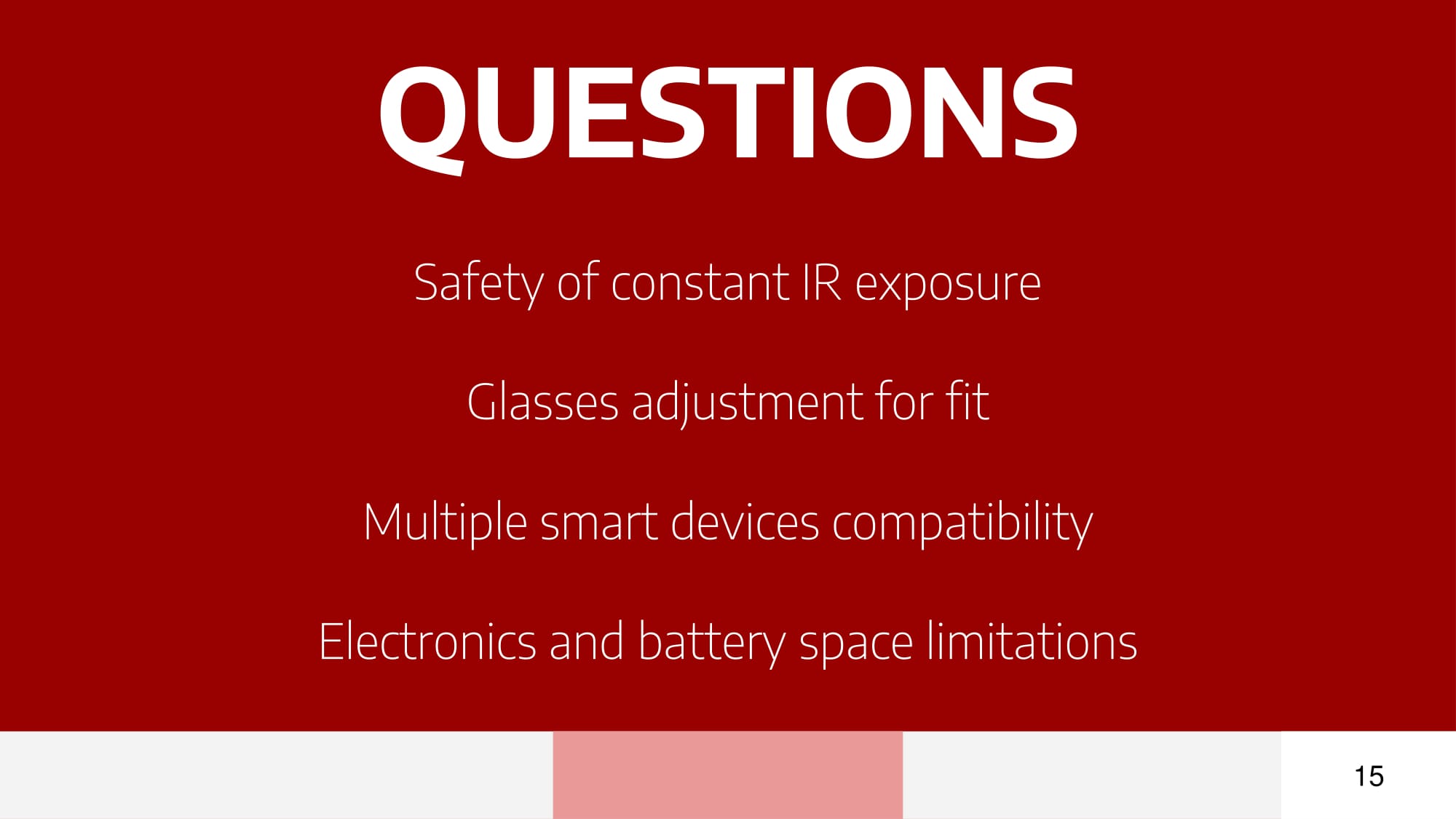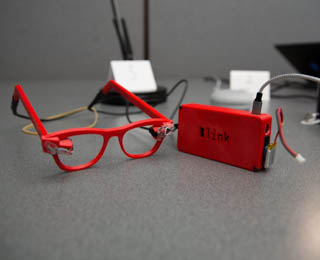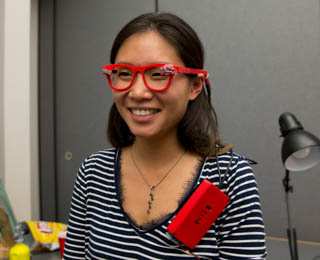Blink
During the Fall of my senior year, I spent the semester in MIT's mechanical engineering captstone class: 2.009, Product Engineering Processes. In this class seniors develop and design product prototypes around the year's theme: "Super!". Months of ideating, modeling, and testing led our team to develop an assistive eyewear system that empowers people with advanced neurodegenerative diseases to control their homes simply by blinking.
BRAINSTORMING
We spent the beginning of the term brainstorming individually and in small groups. In order to do so effectively, I learned that effective brainstorming in done when you: Defer judgment, Build upon the ideas of others, Have one conversation at a time, Stay focused on the topic and Encourage wild ideas. Through this we generated a ton of ideas and presented our top five to the team to further filter through. From this we selected the top three ideas due to their feasibility, technology maturity, and team excitement for each project.
Sketch Model
For each of the 6 ideas, we looked into the market, feasibility, and potential customers and presented to over 150 people in a 60 second pitch. In order to do this, I had to go through market research in the field of assistive technologies and the growth of neurodegenerative diseases, current firefighter technology, and trends in fitness wearables.
Mockup
For this stage, I was lead for one of the ideas, SipDown: a cup sleeve to promote safe drinking through tracking and real-time feedback of the amount and frequency of alcohol consumed. To do this I had to work with a small microcontroller to get real time data from gyroscopes and accelerators, develop a simple algorithm to detect when a person is drinking and the duration of the drink, and give active feedback through a piezo-actuator. This was a quick and rough proof of concept to see the capabilities of the system and to get feedback on potential form factors.
Assembly Review
After selecting our concept for a final product, we worked together to develop an assembly and product architecture model with multiple variations. In addition we created user interaction storyboards, electronics designs and schematics, product testing plans, and physical tests to validate design details. I specifically lead the CAD team and worked on the architecture.
Tech Review
After having a plan for building the glasses, we created an informal, interactive prototype demonstration. In doing so we spent a ton of time on ensuring the safety of our device and analyzing the optimal placement of the sensors.

